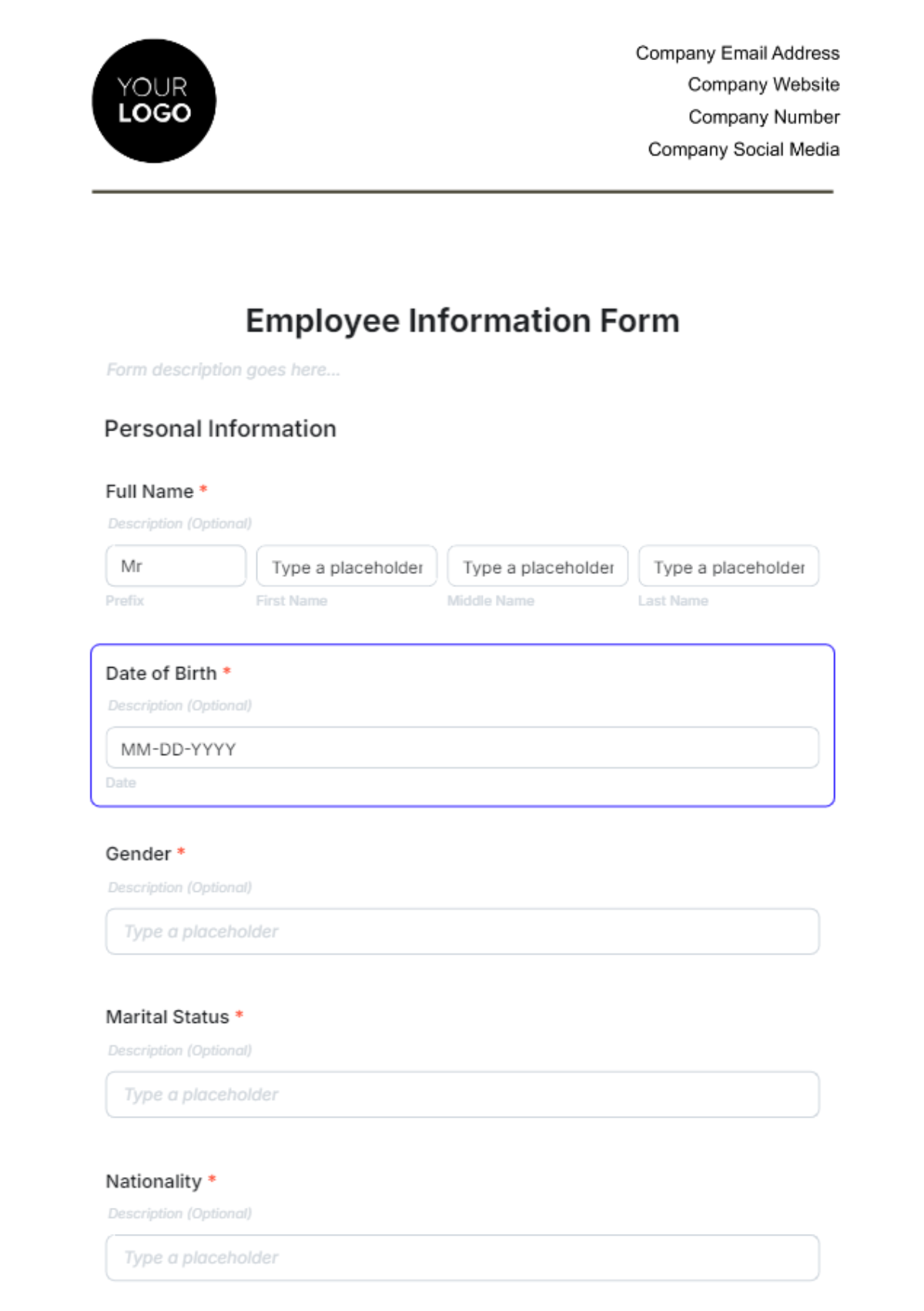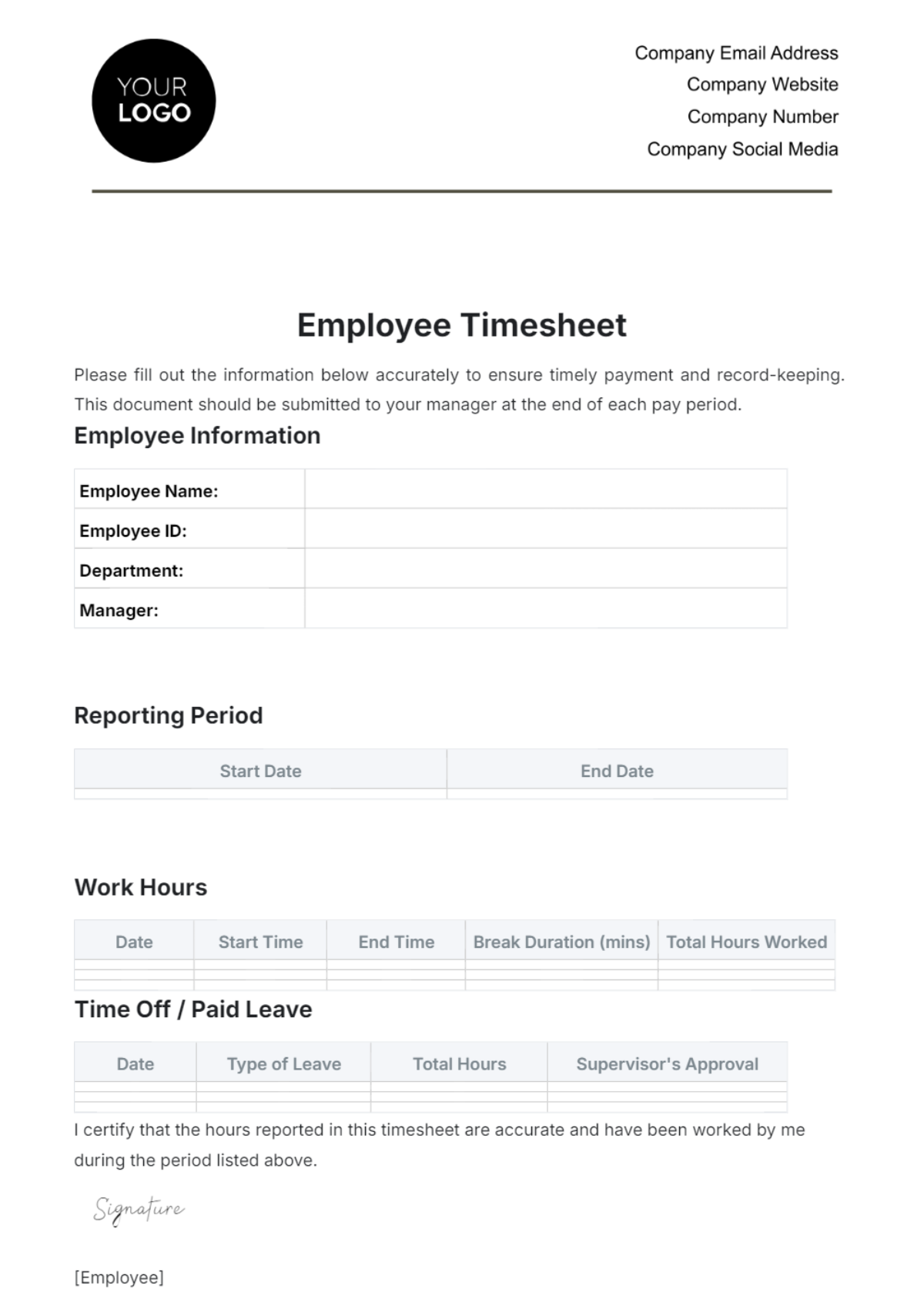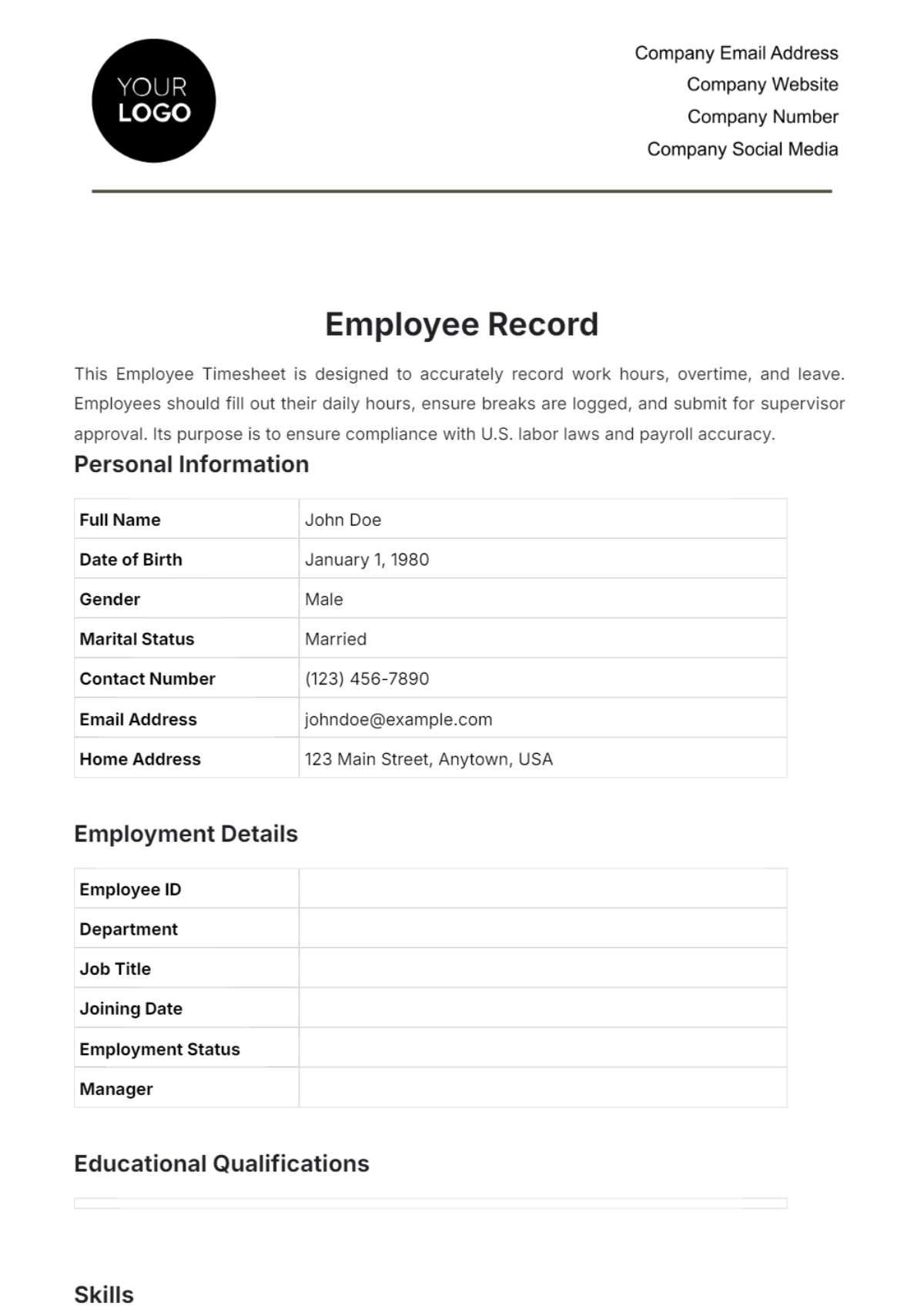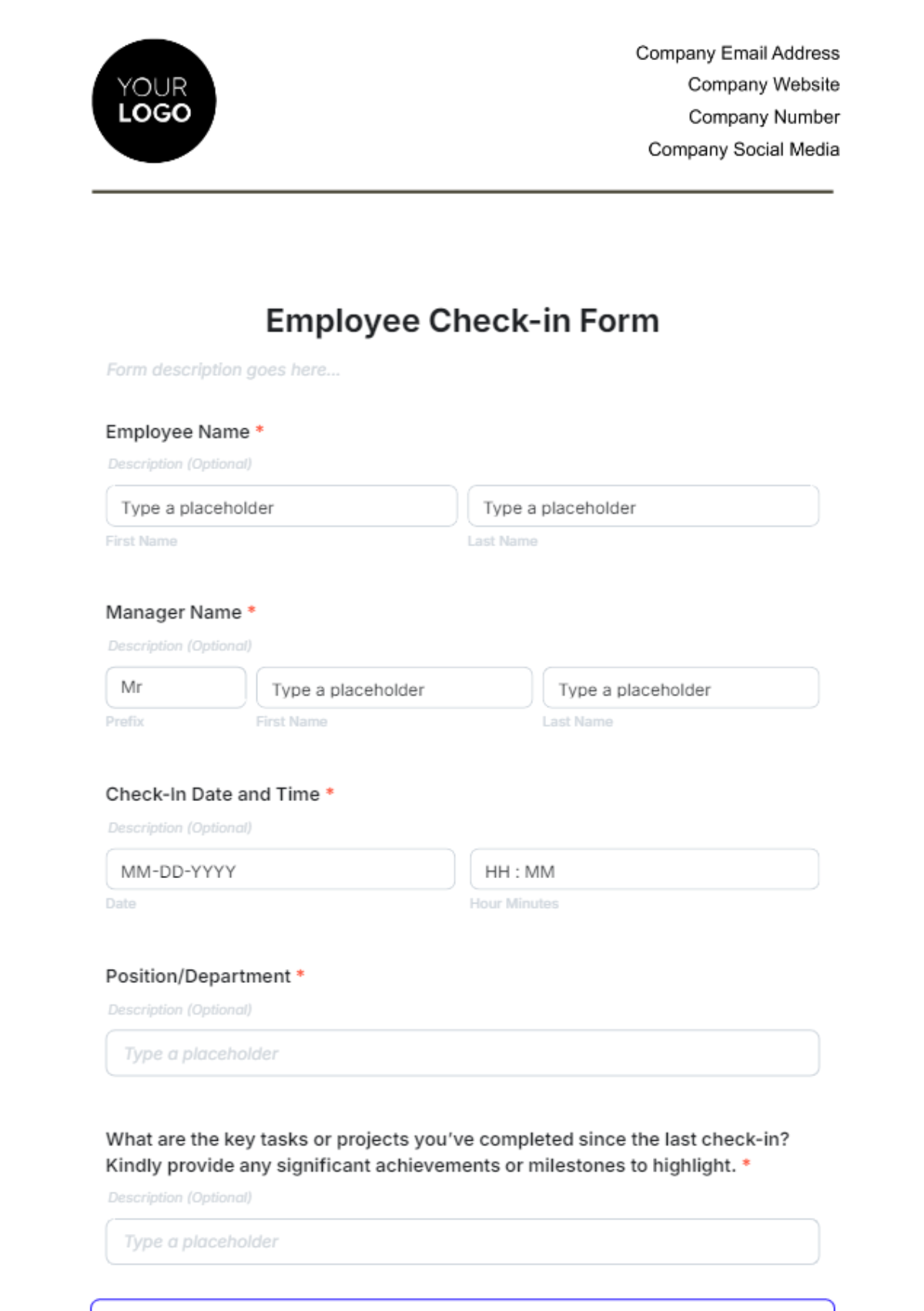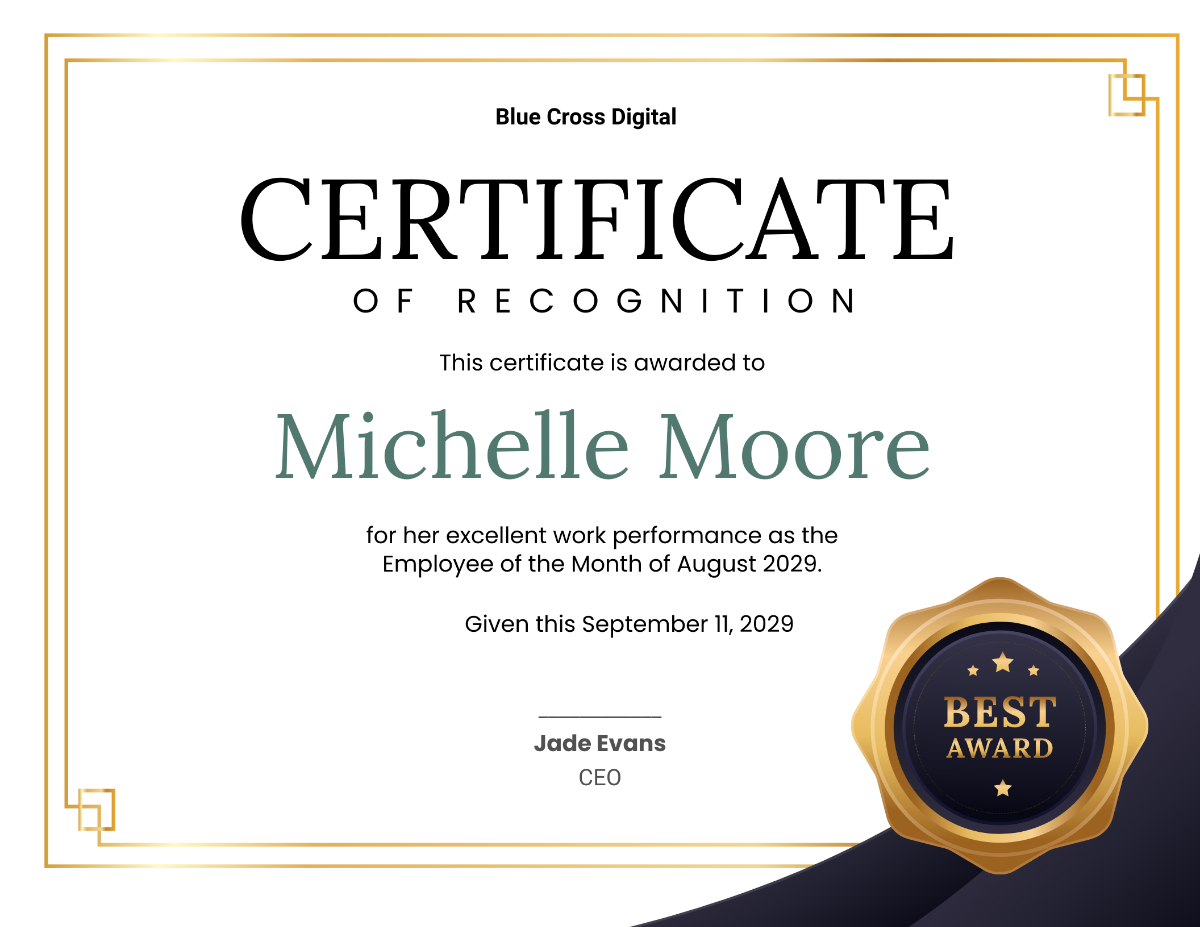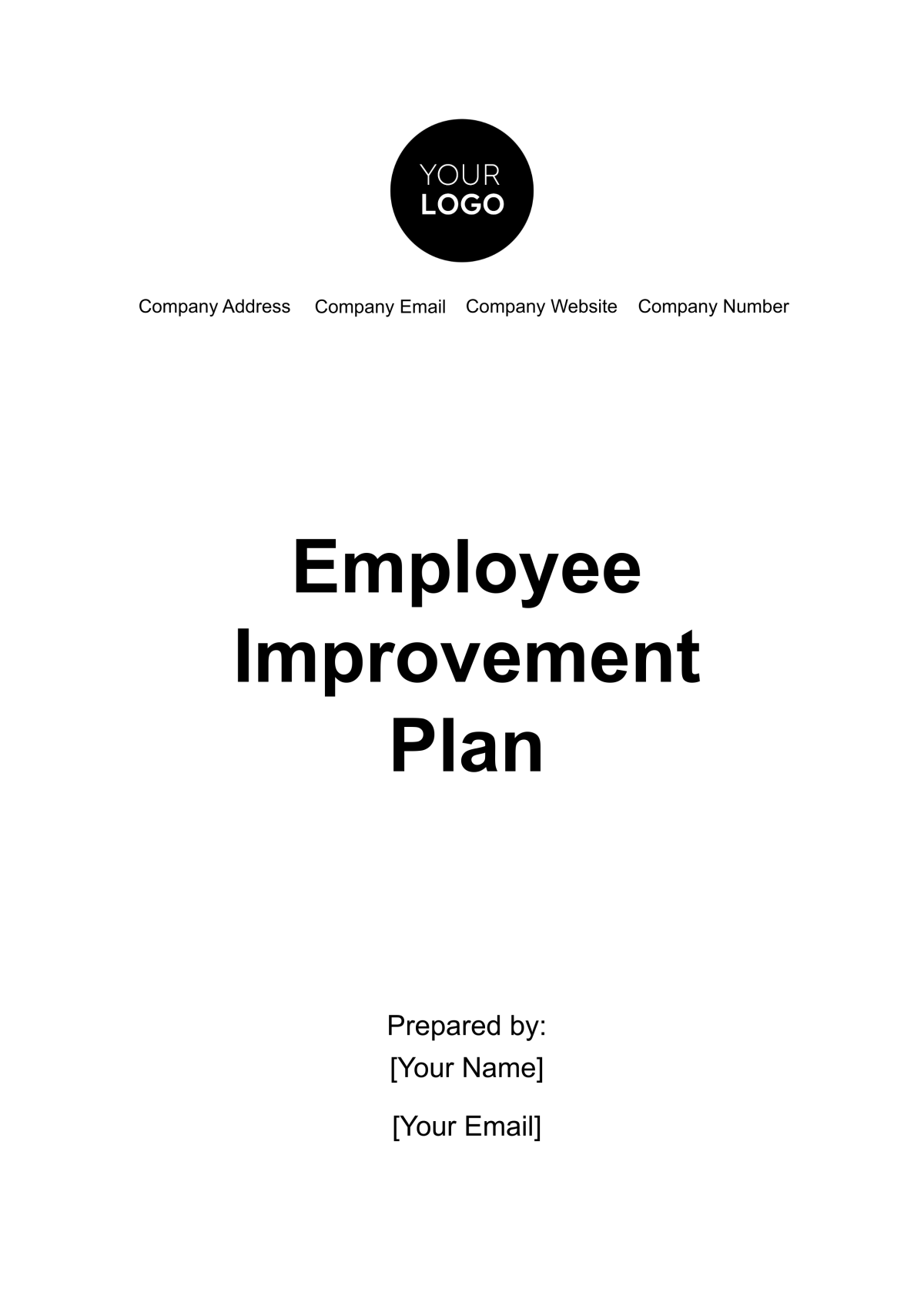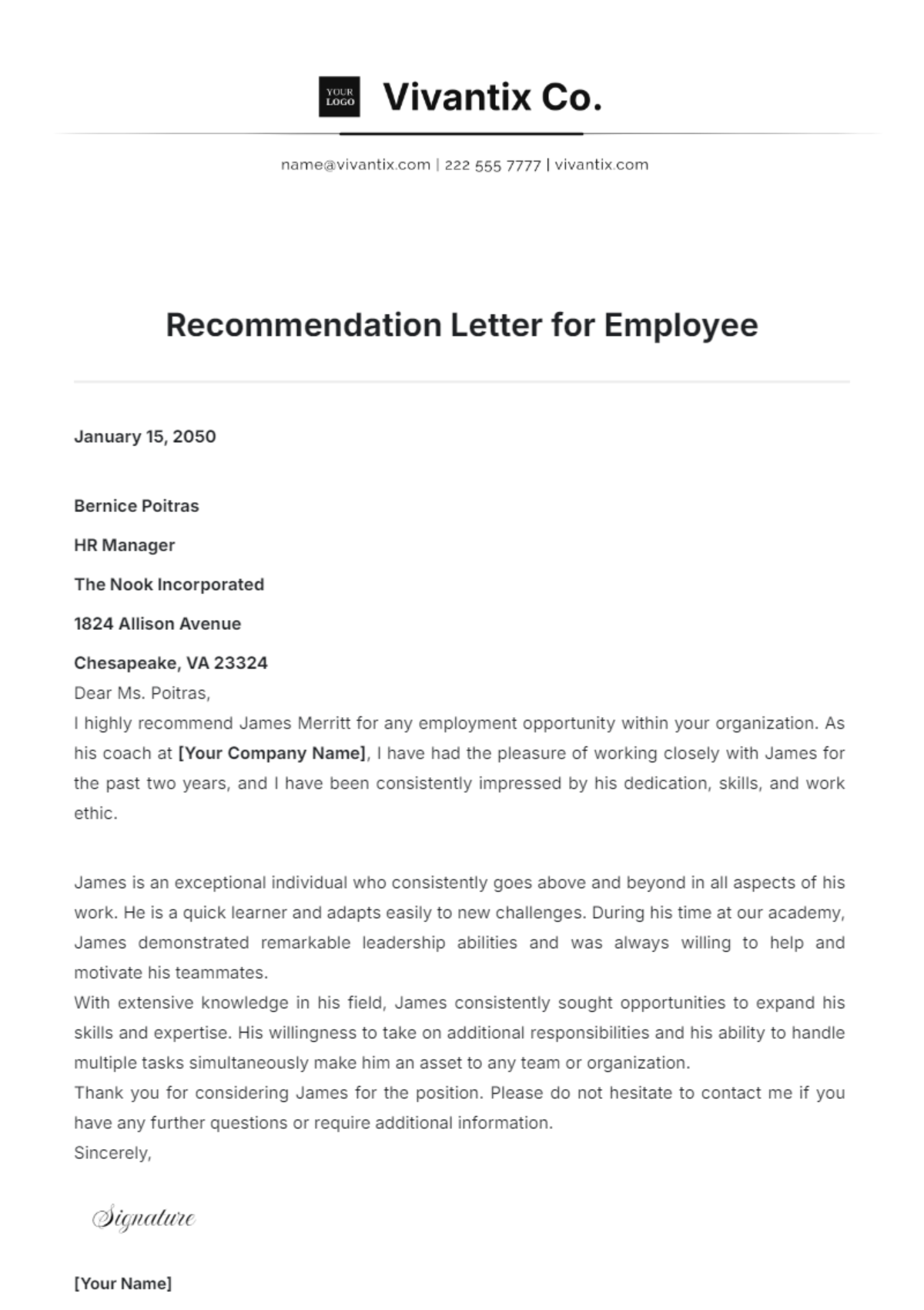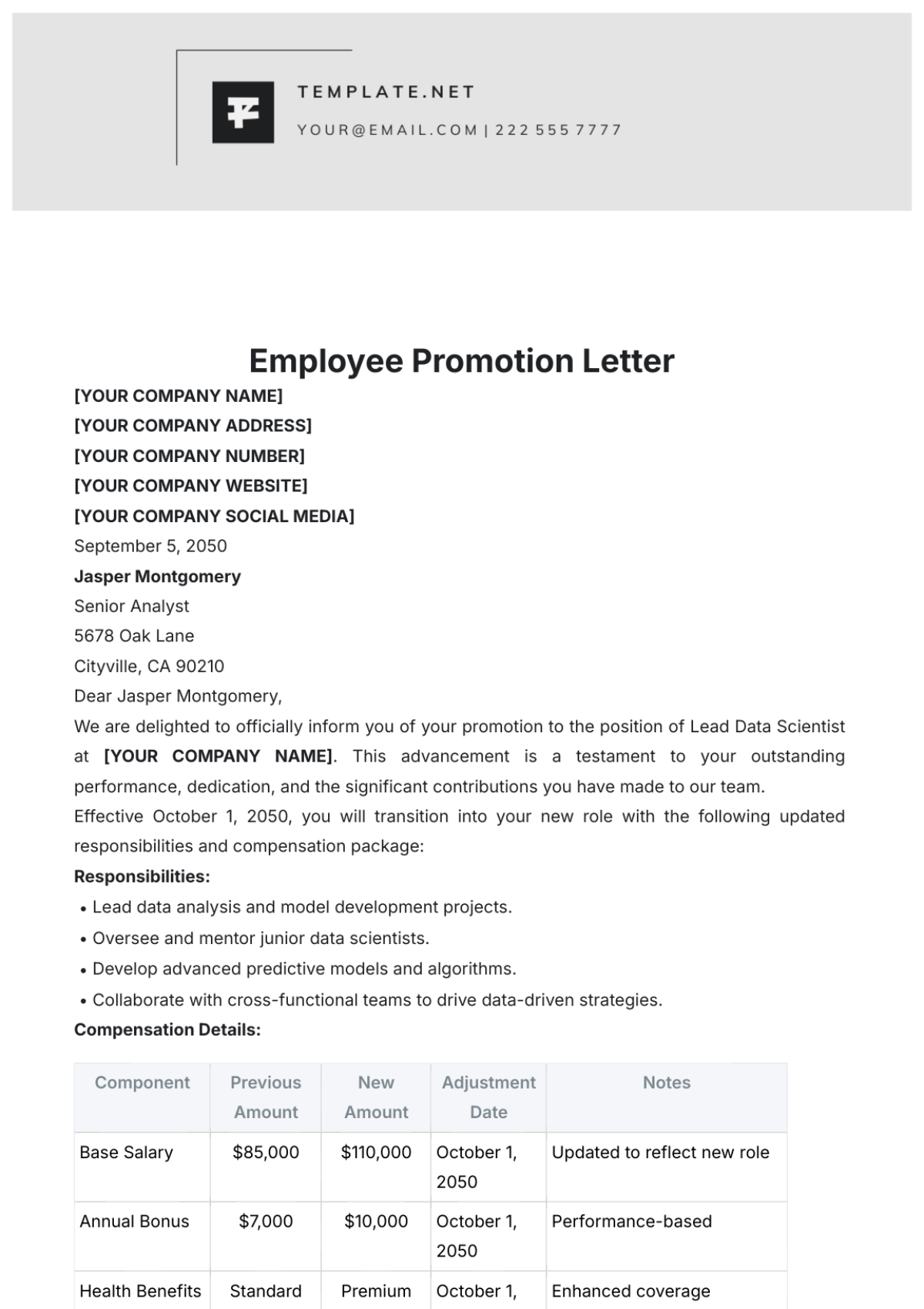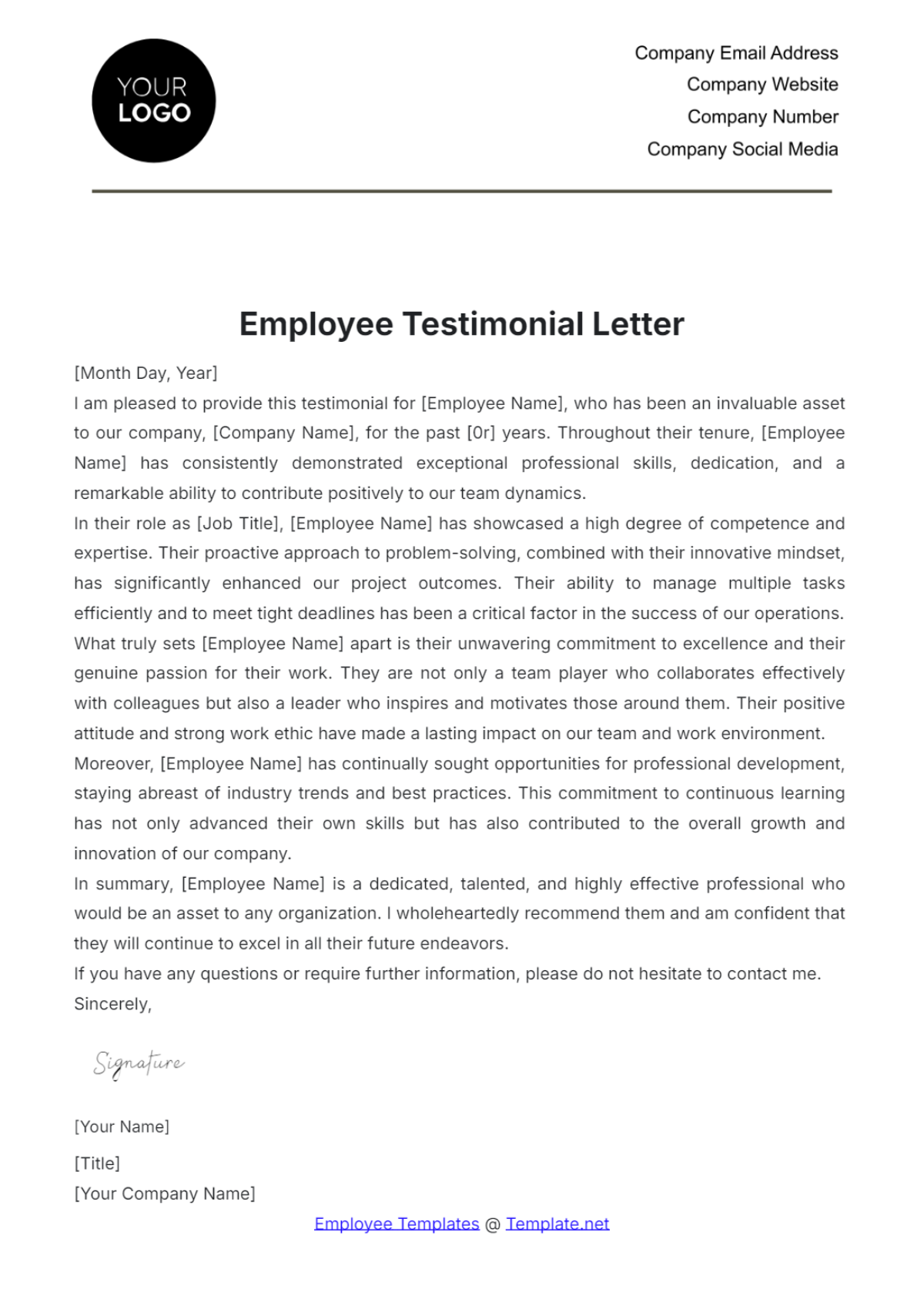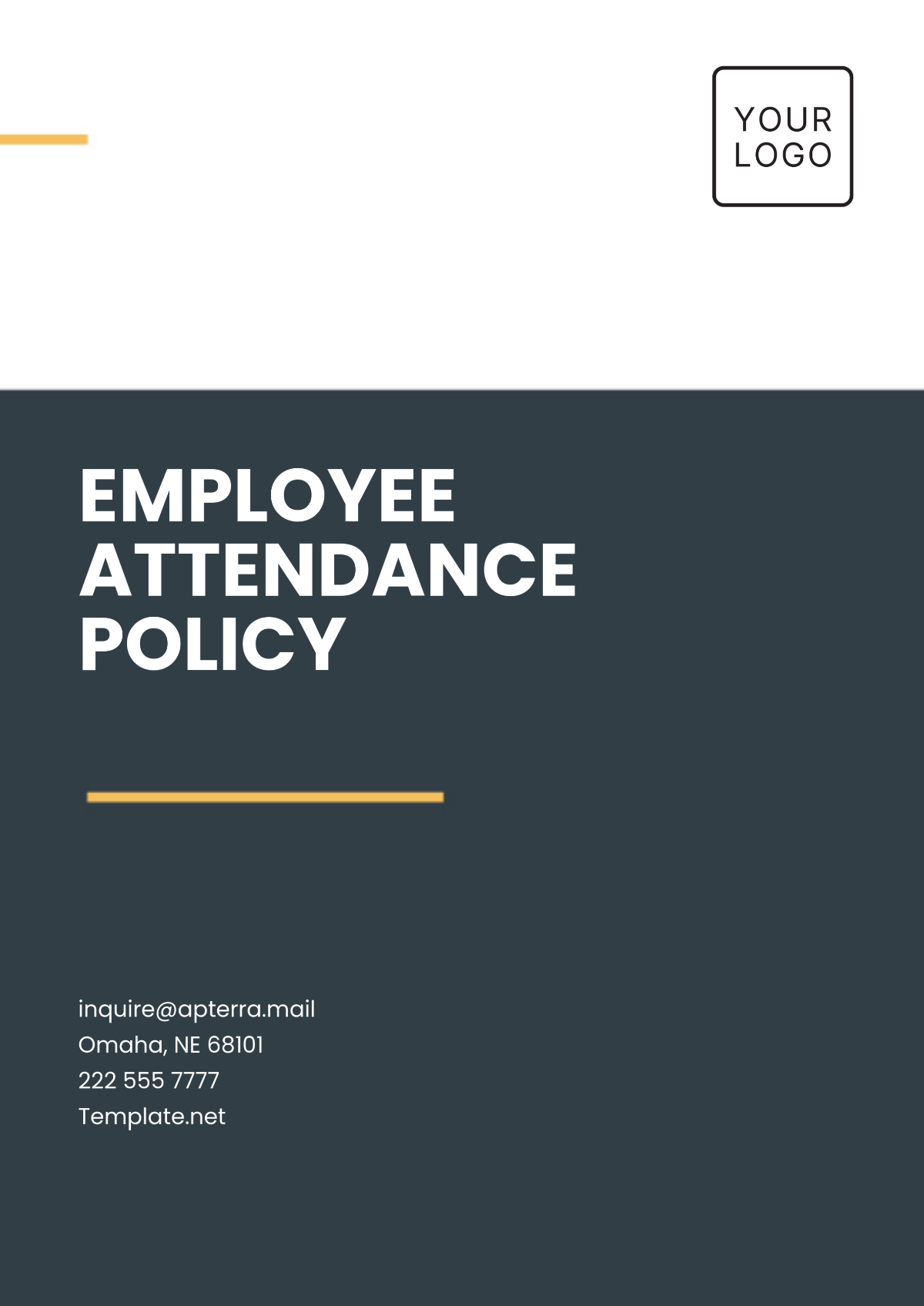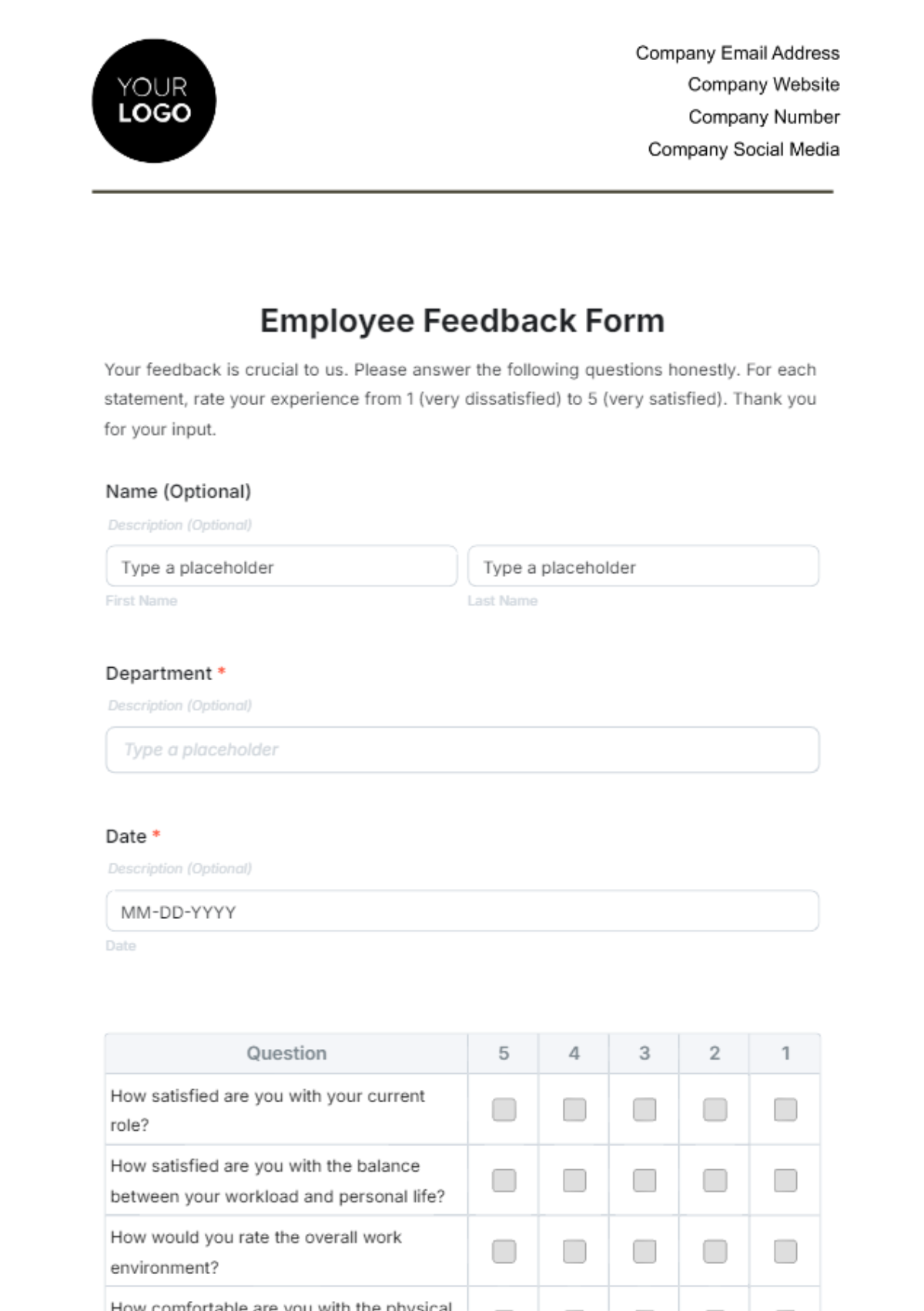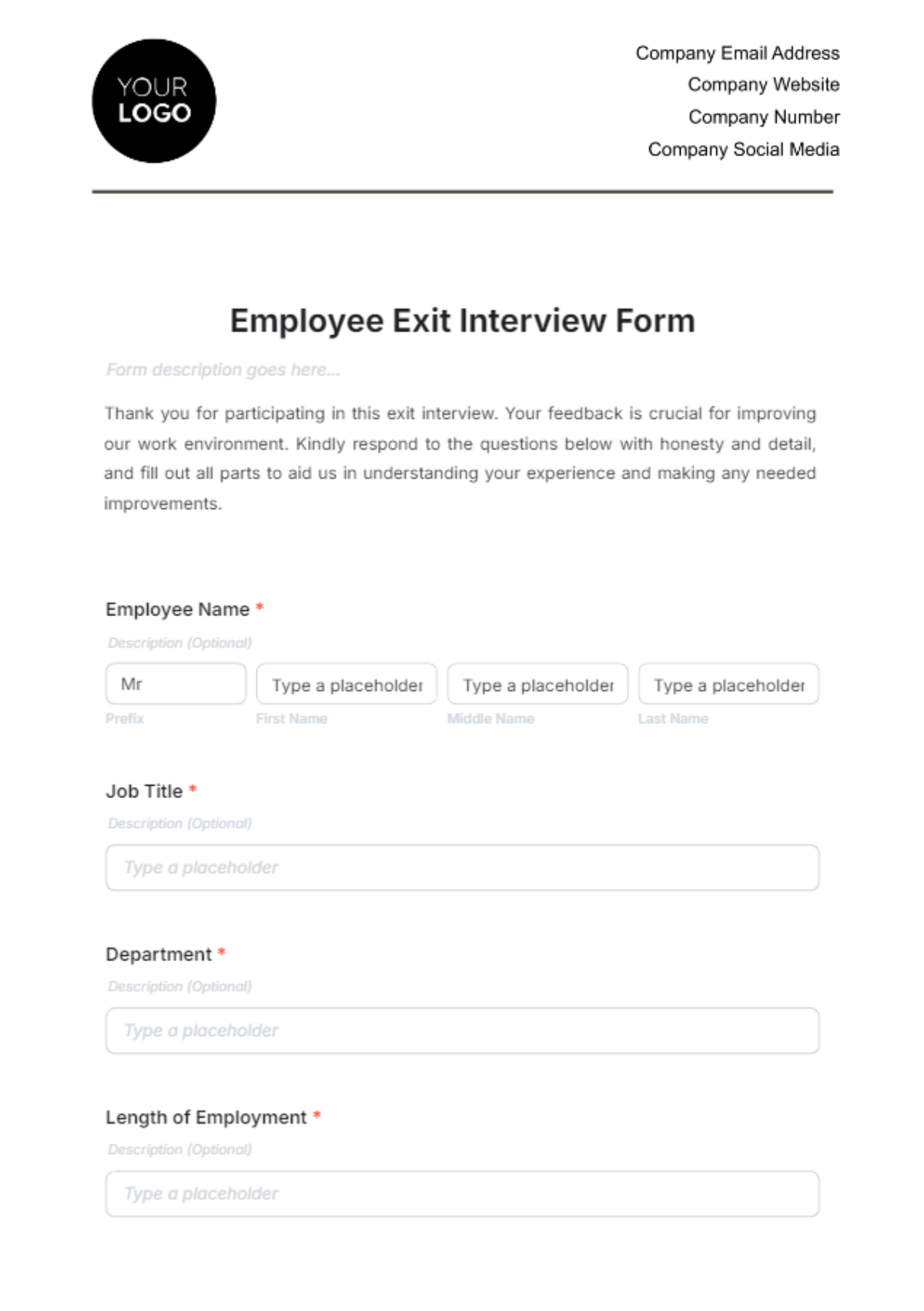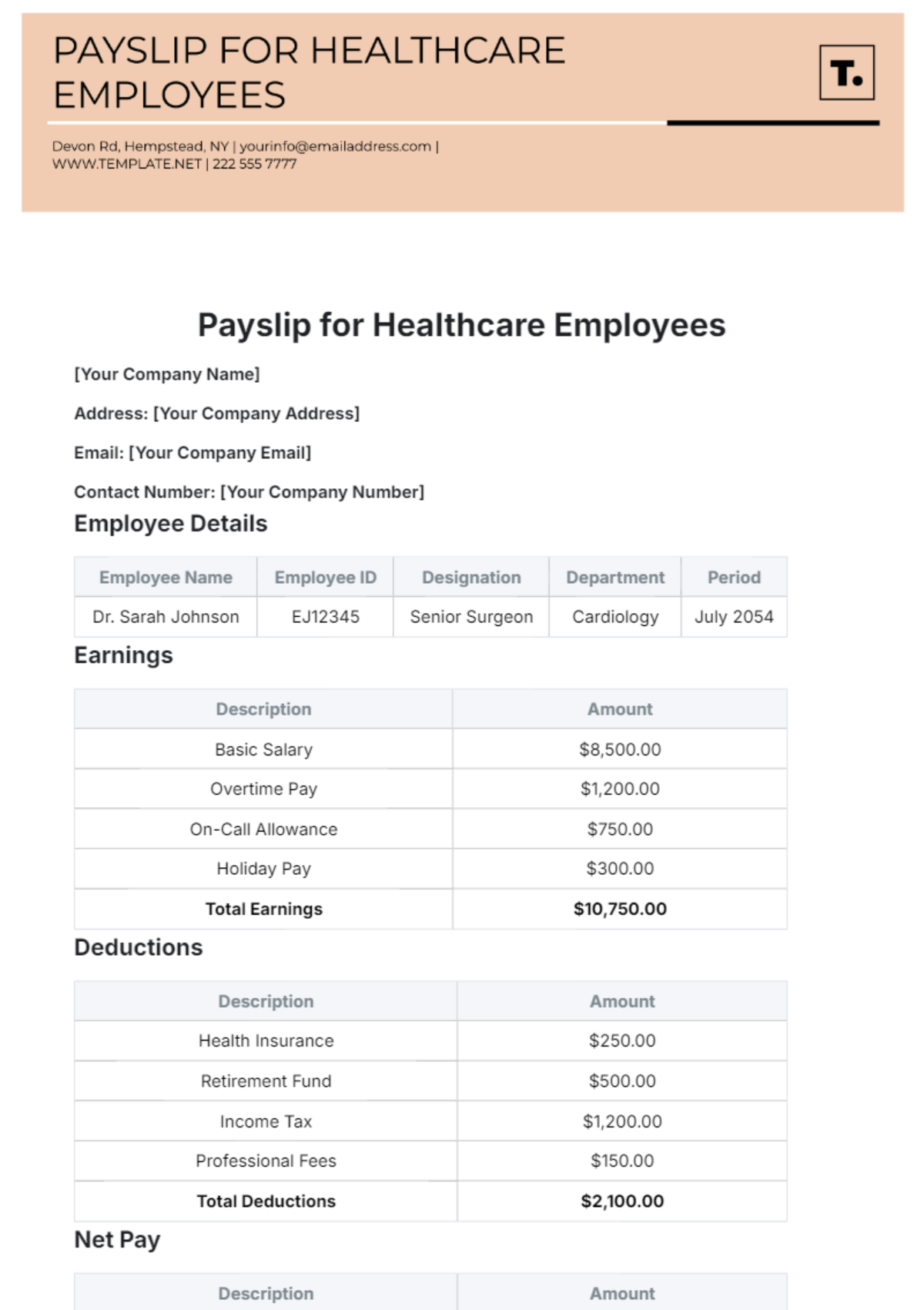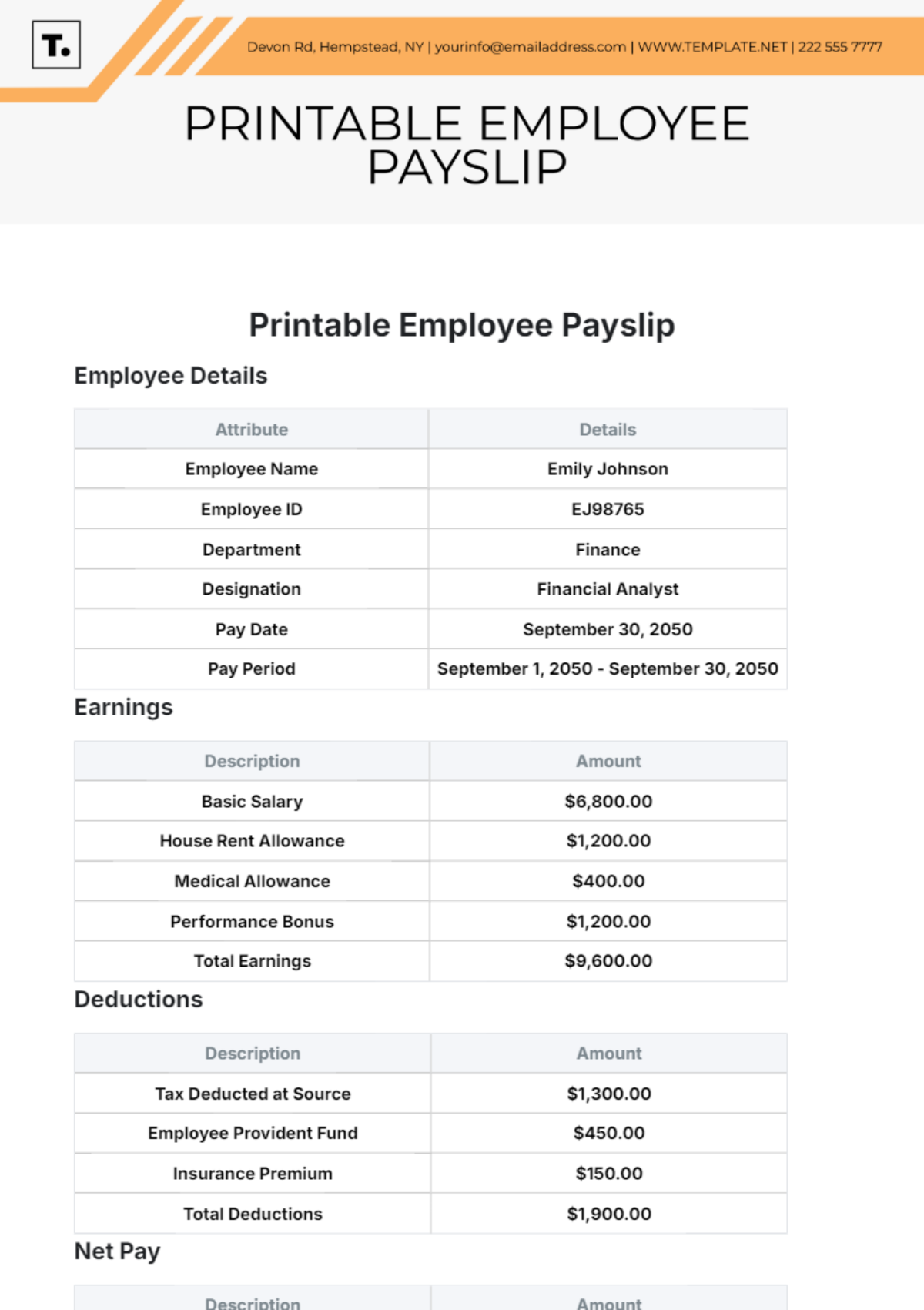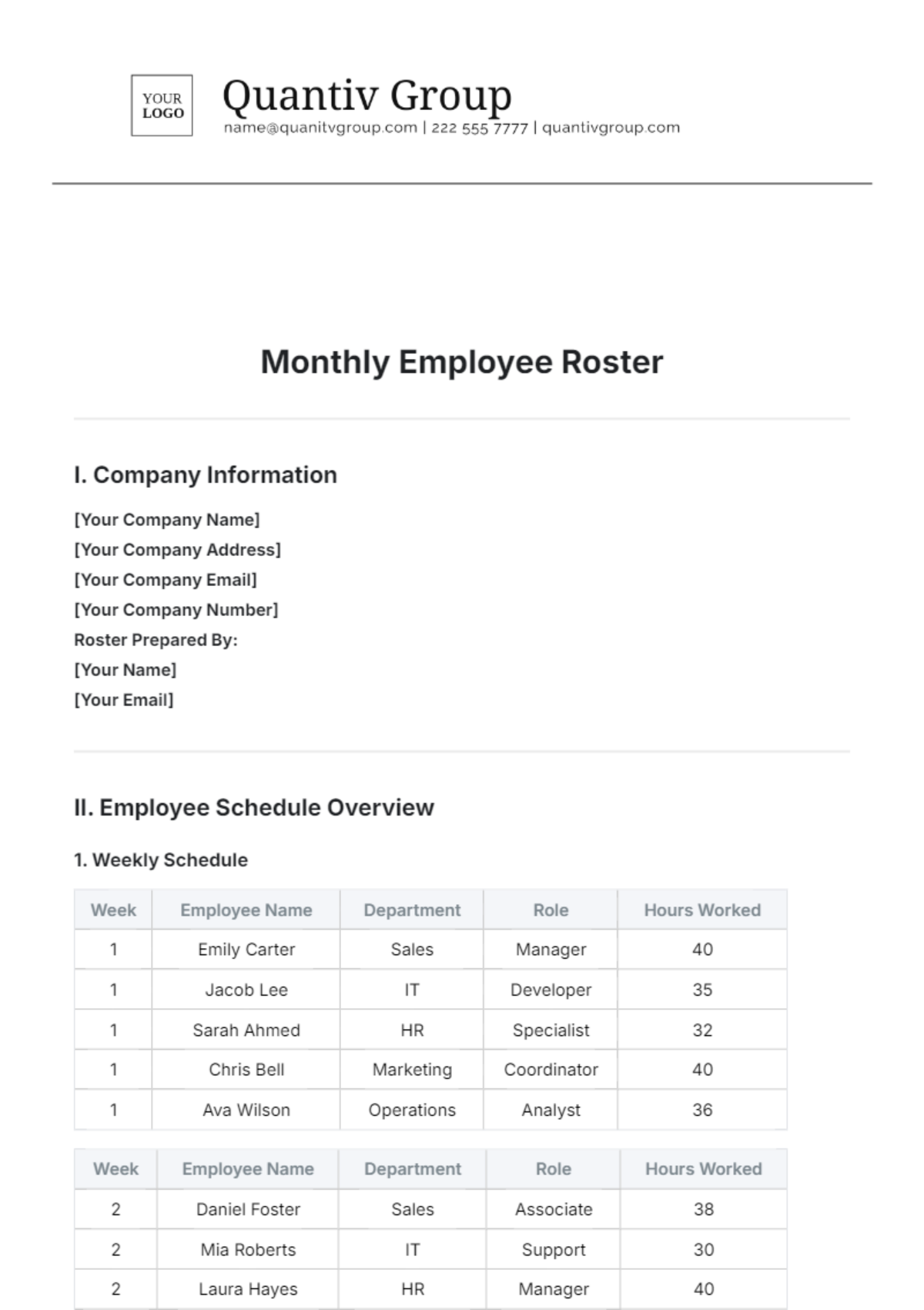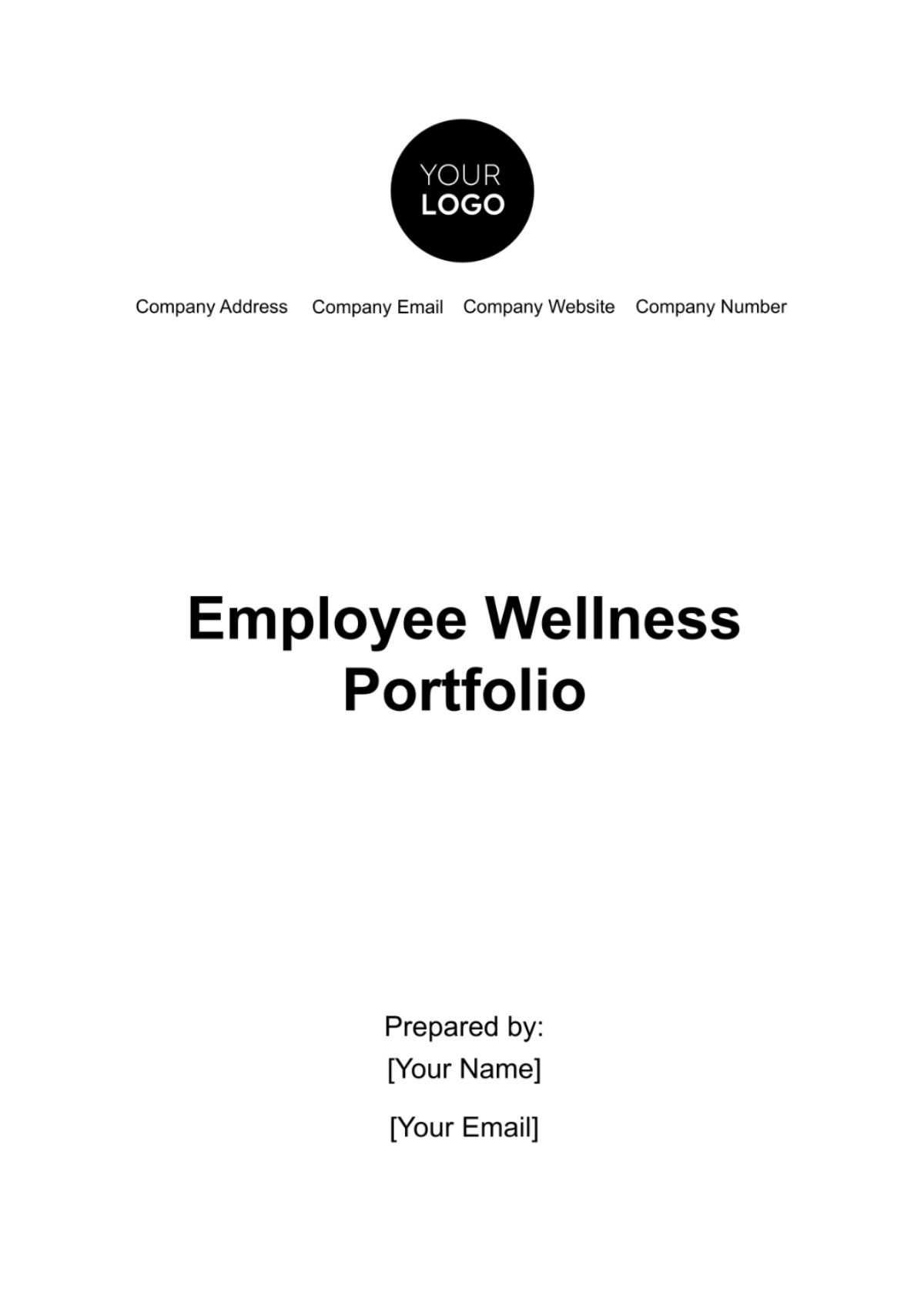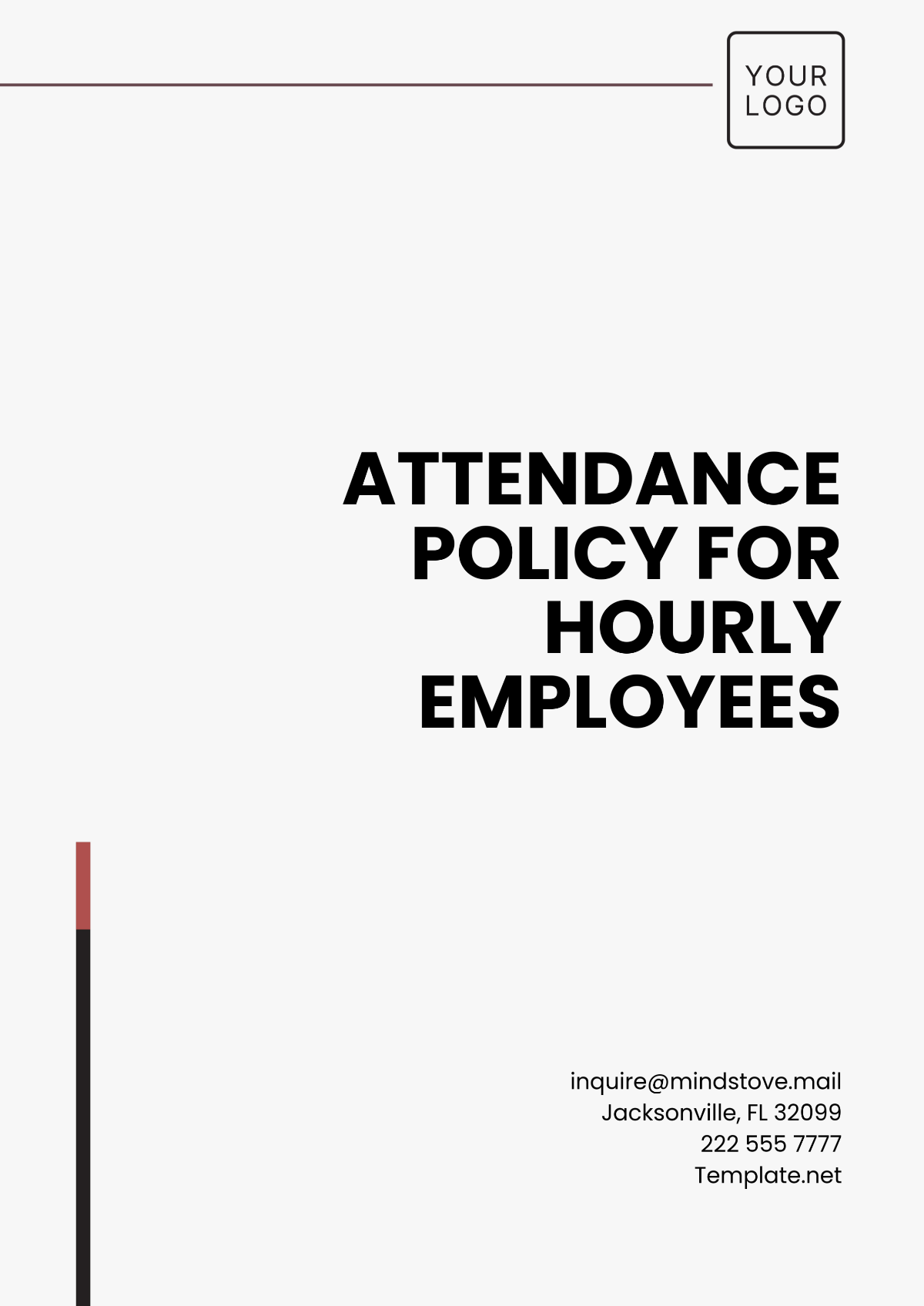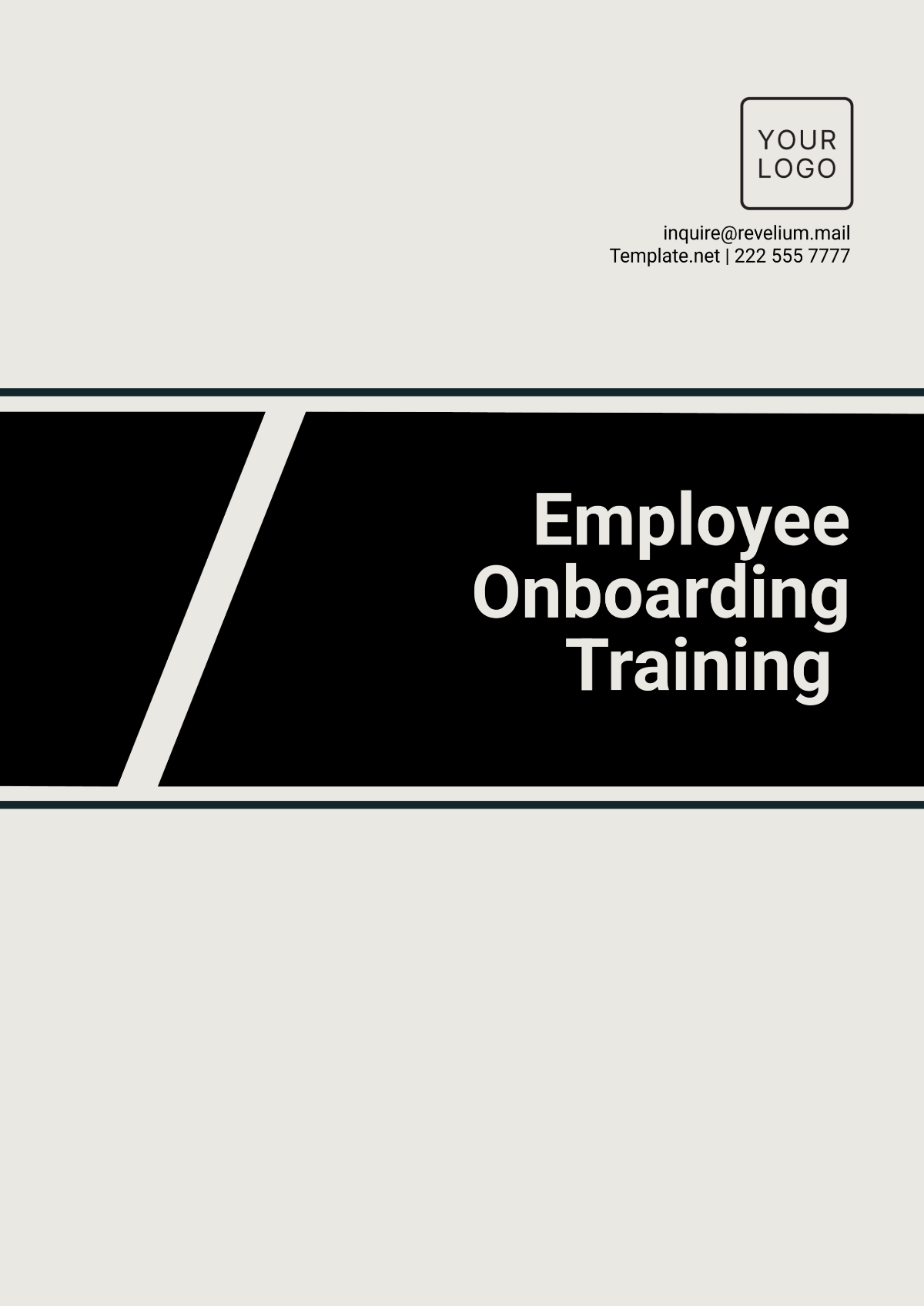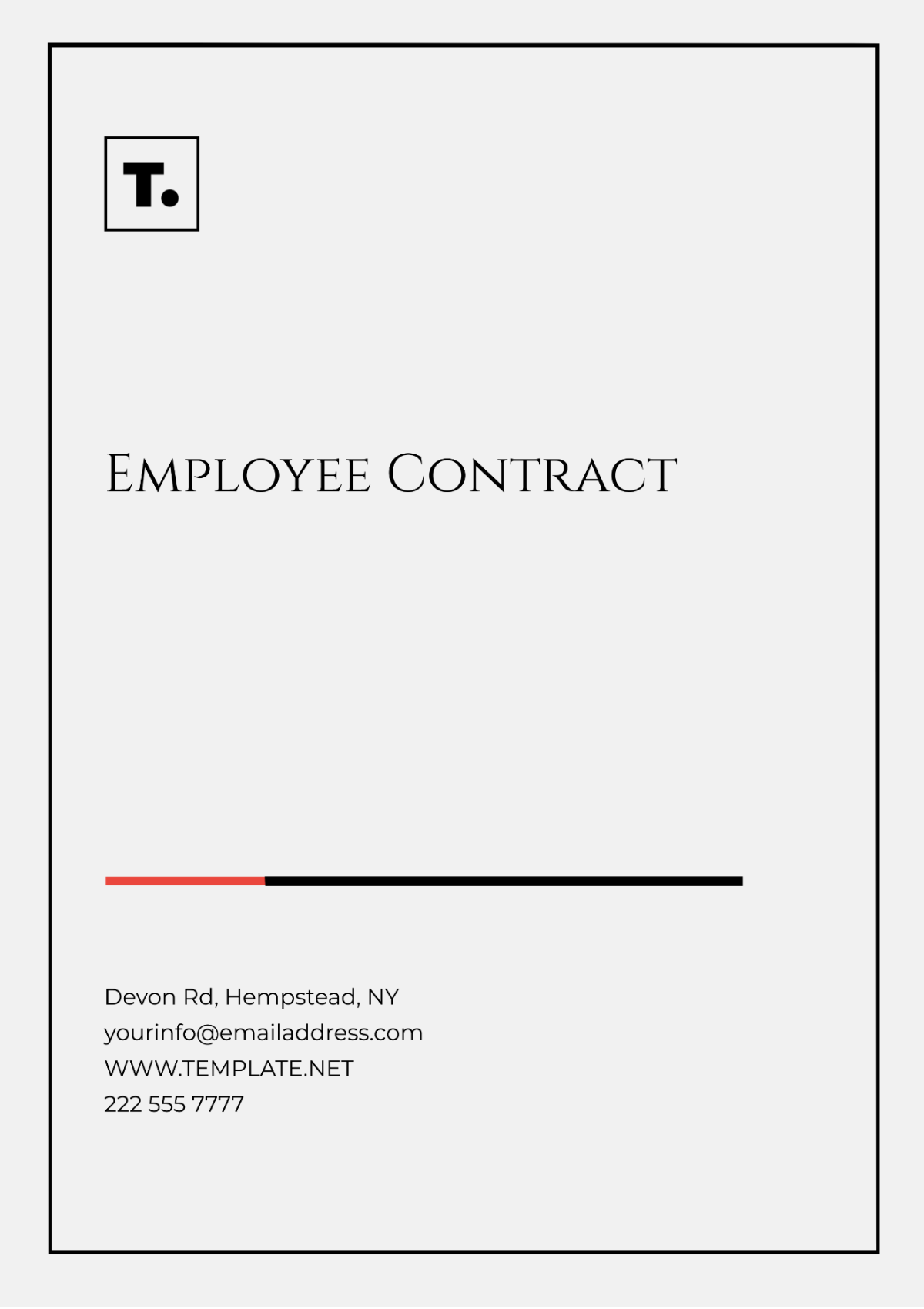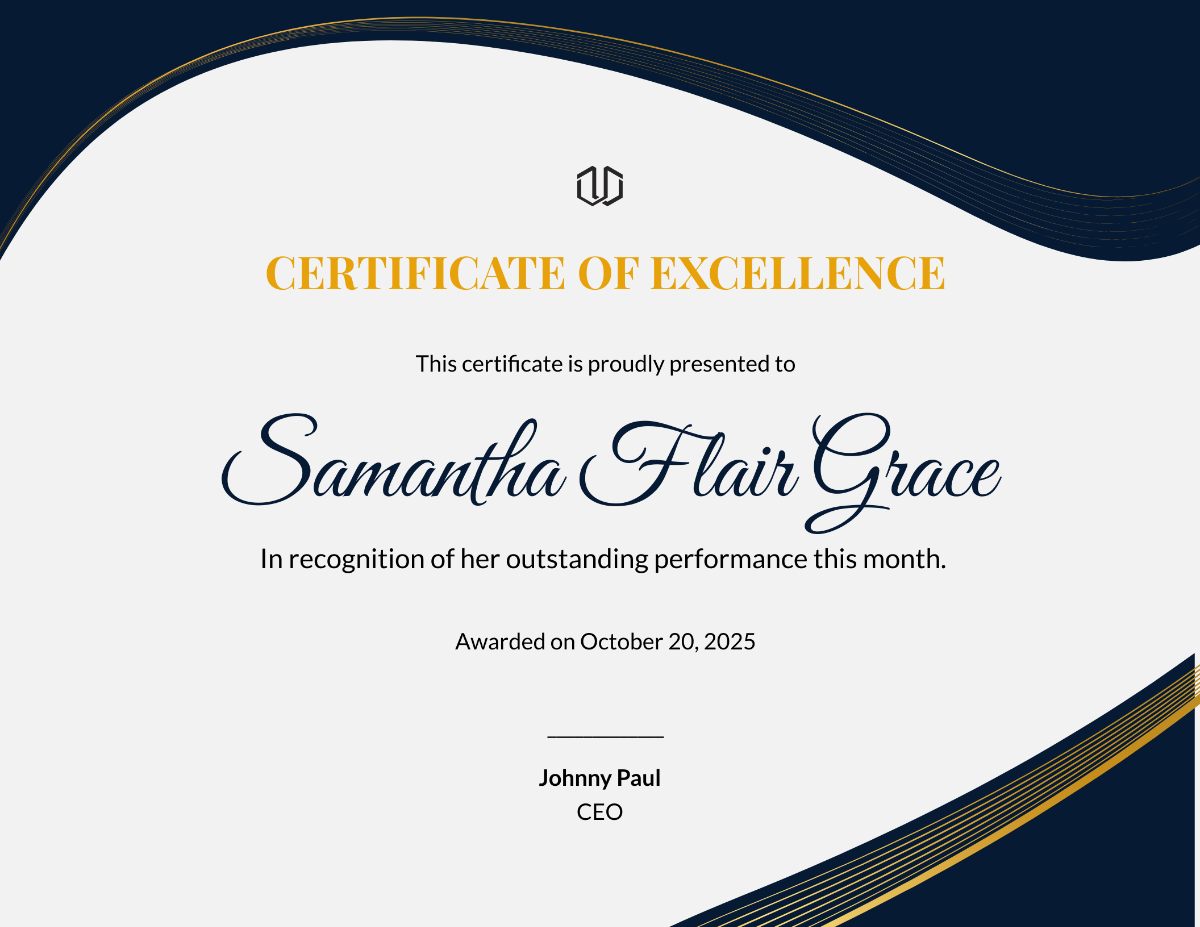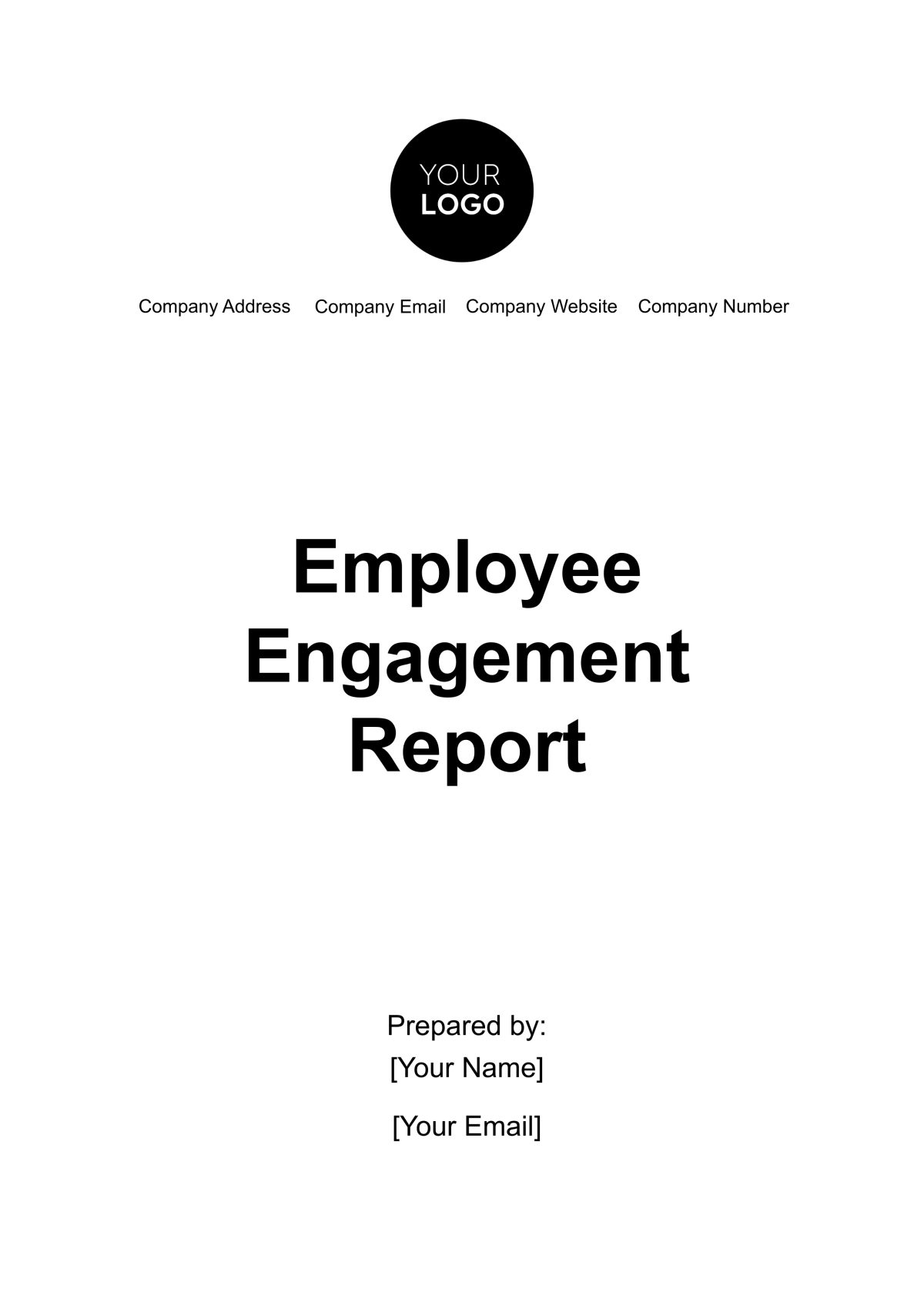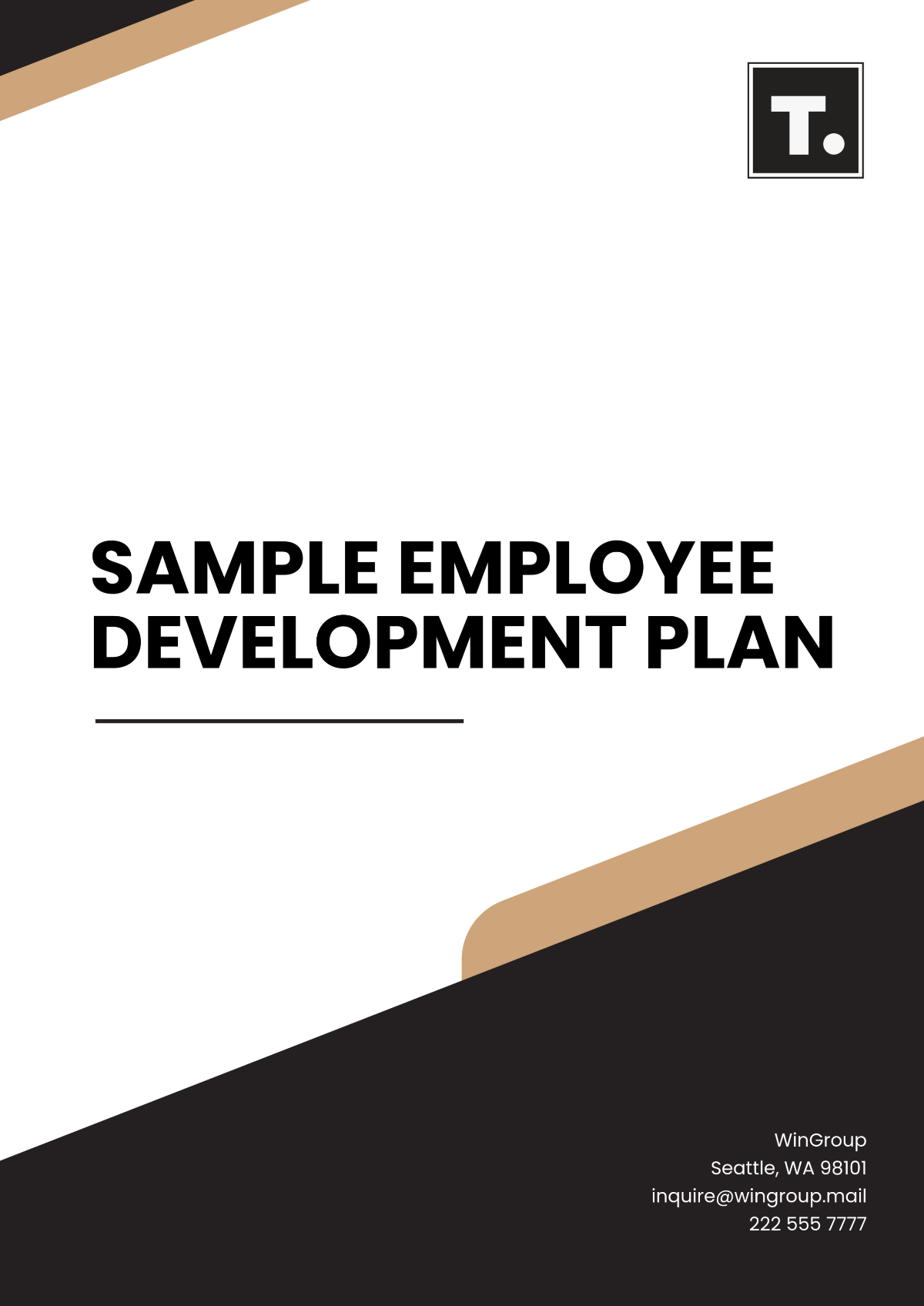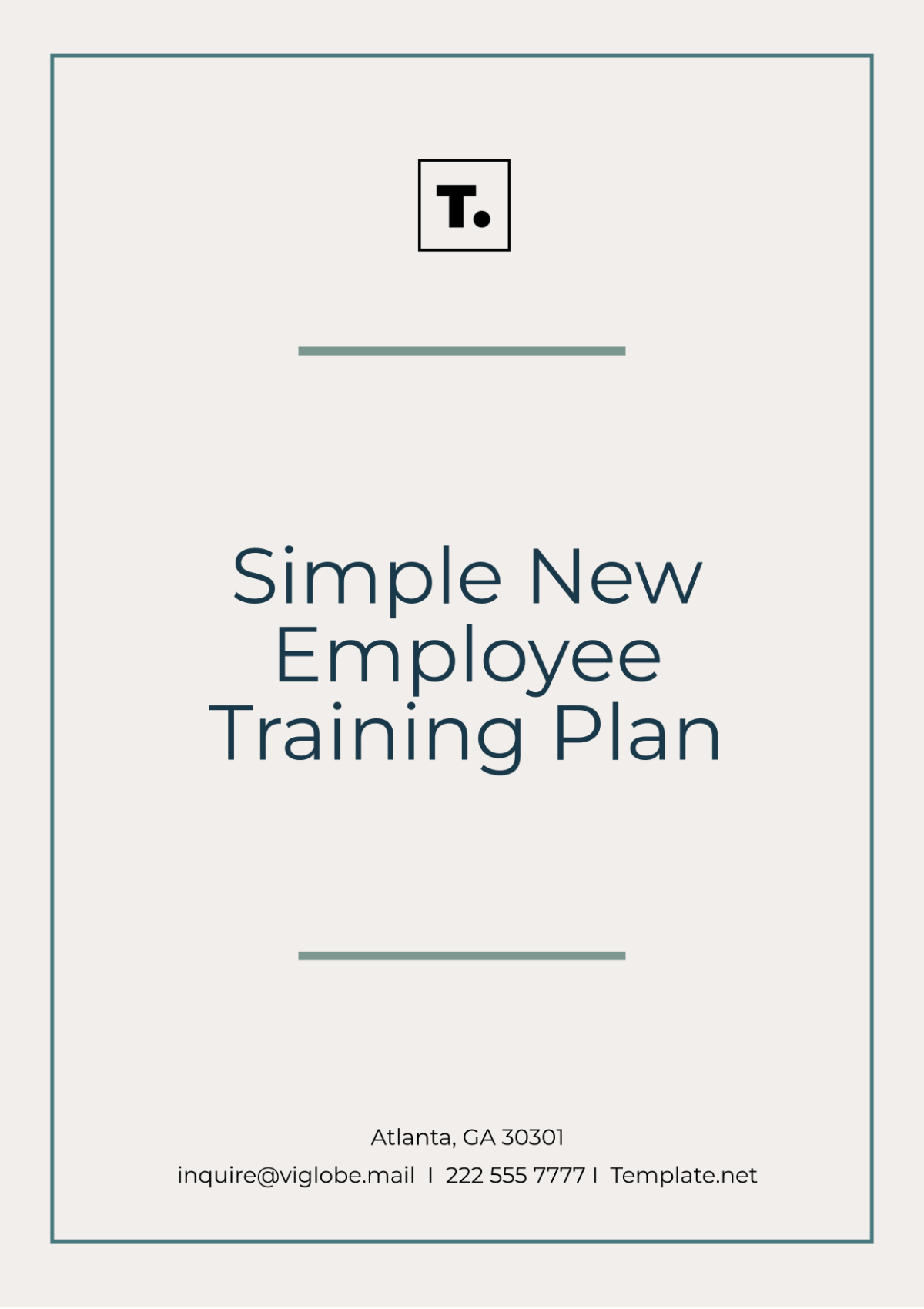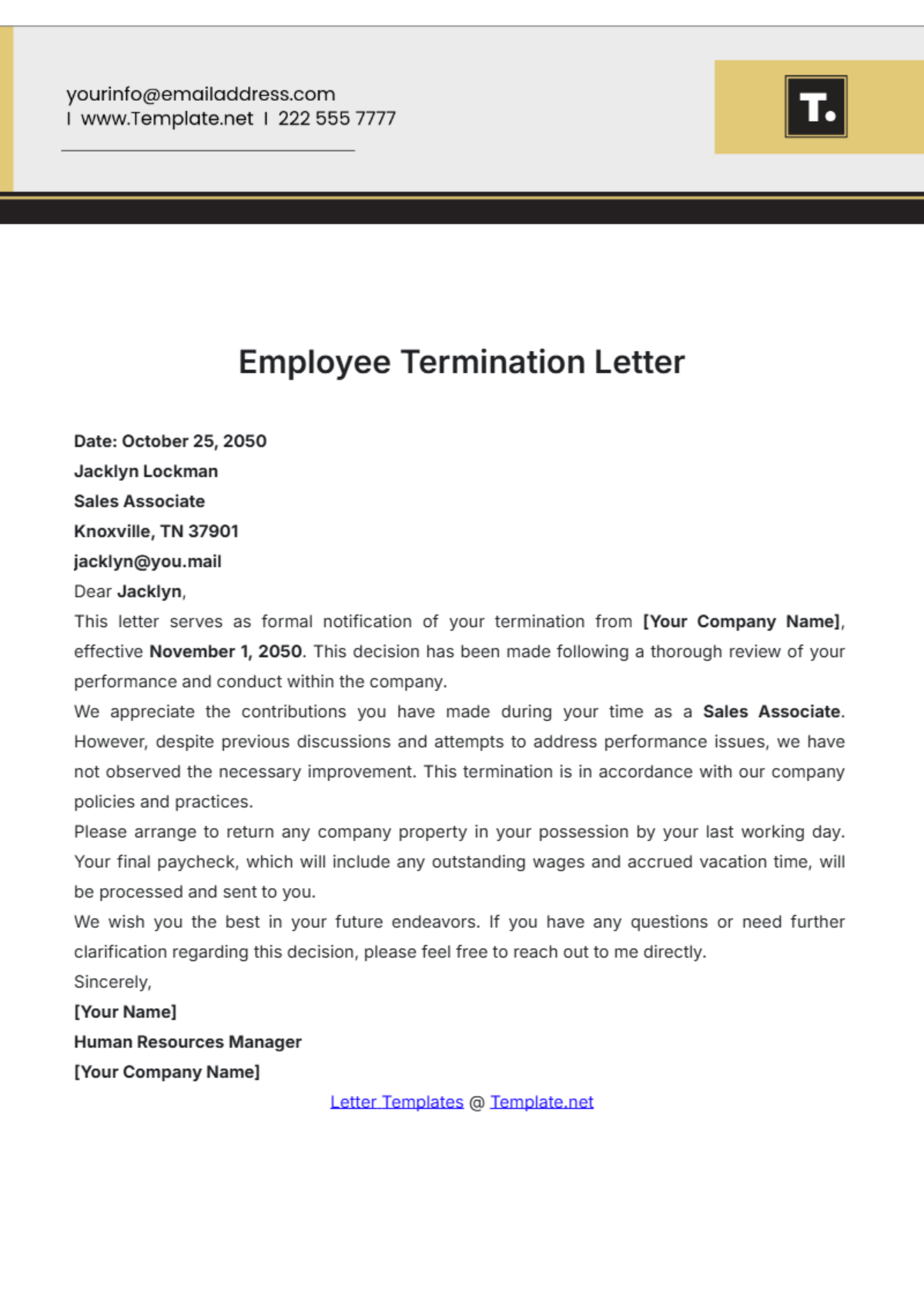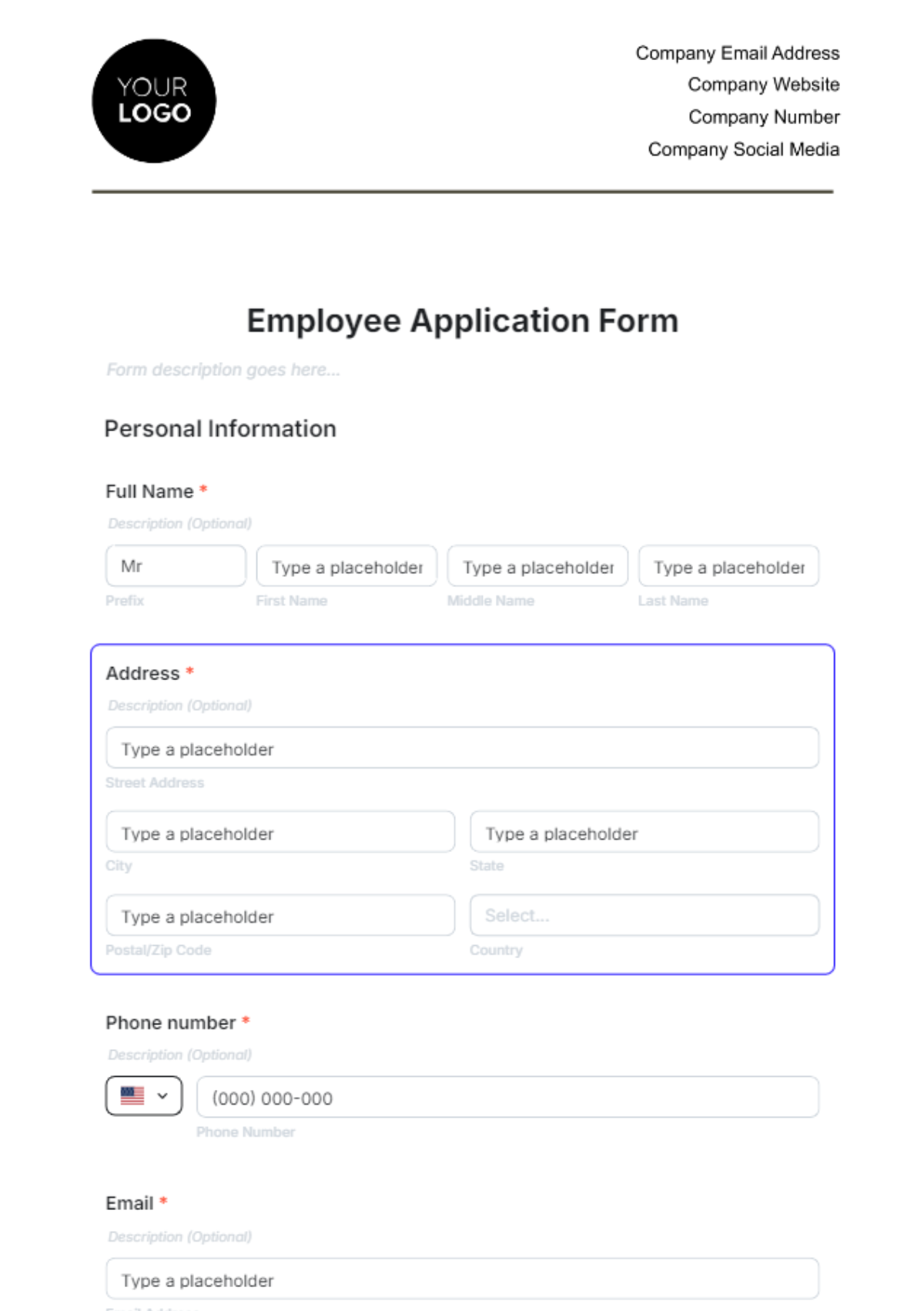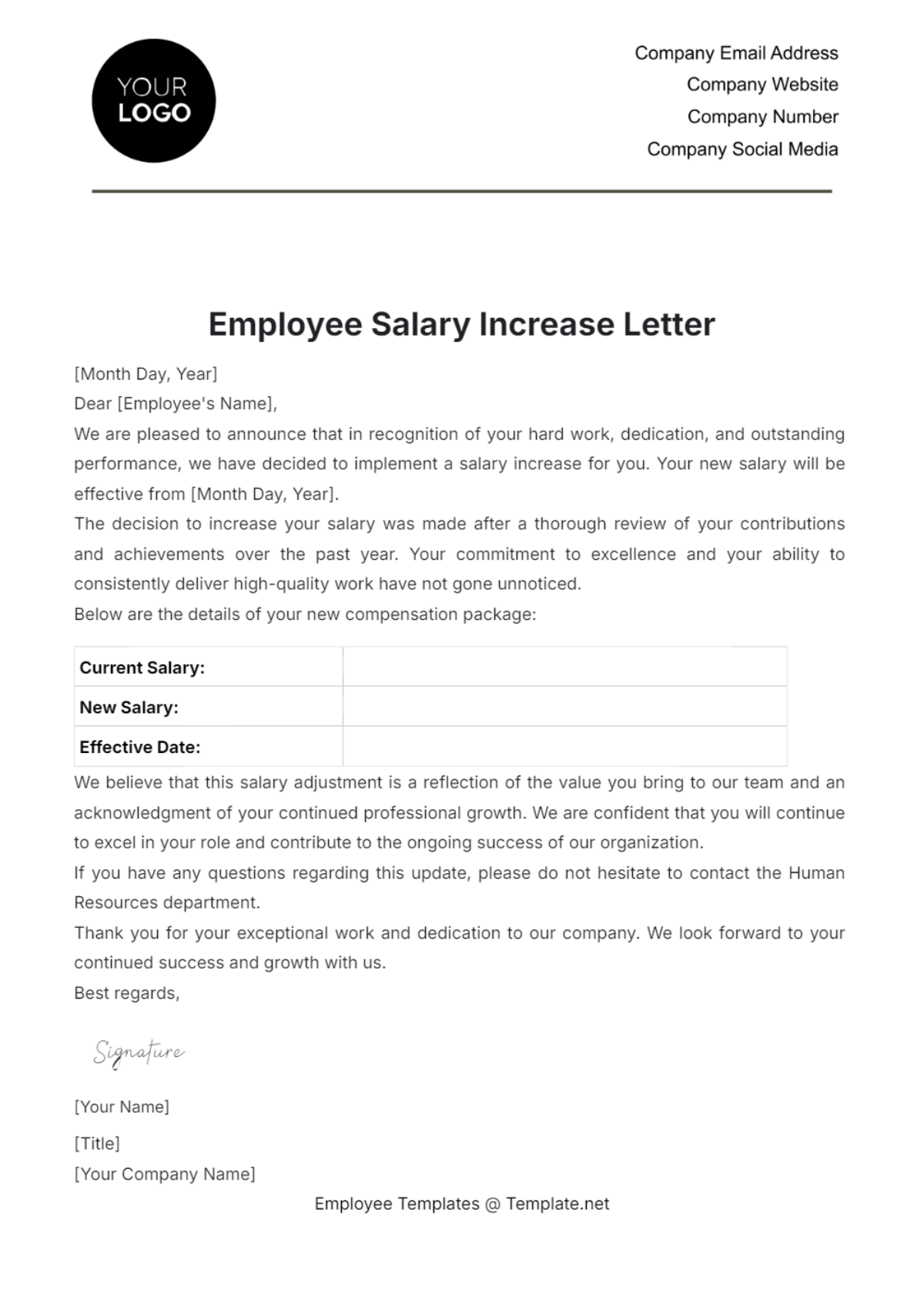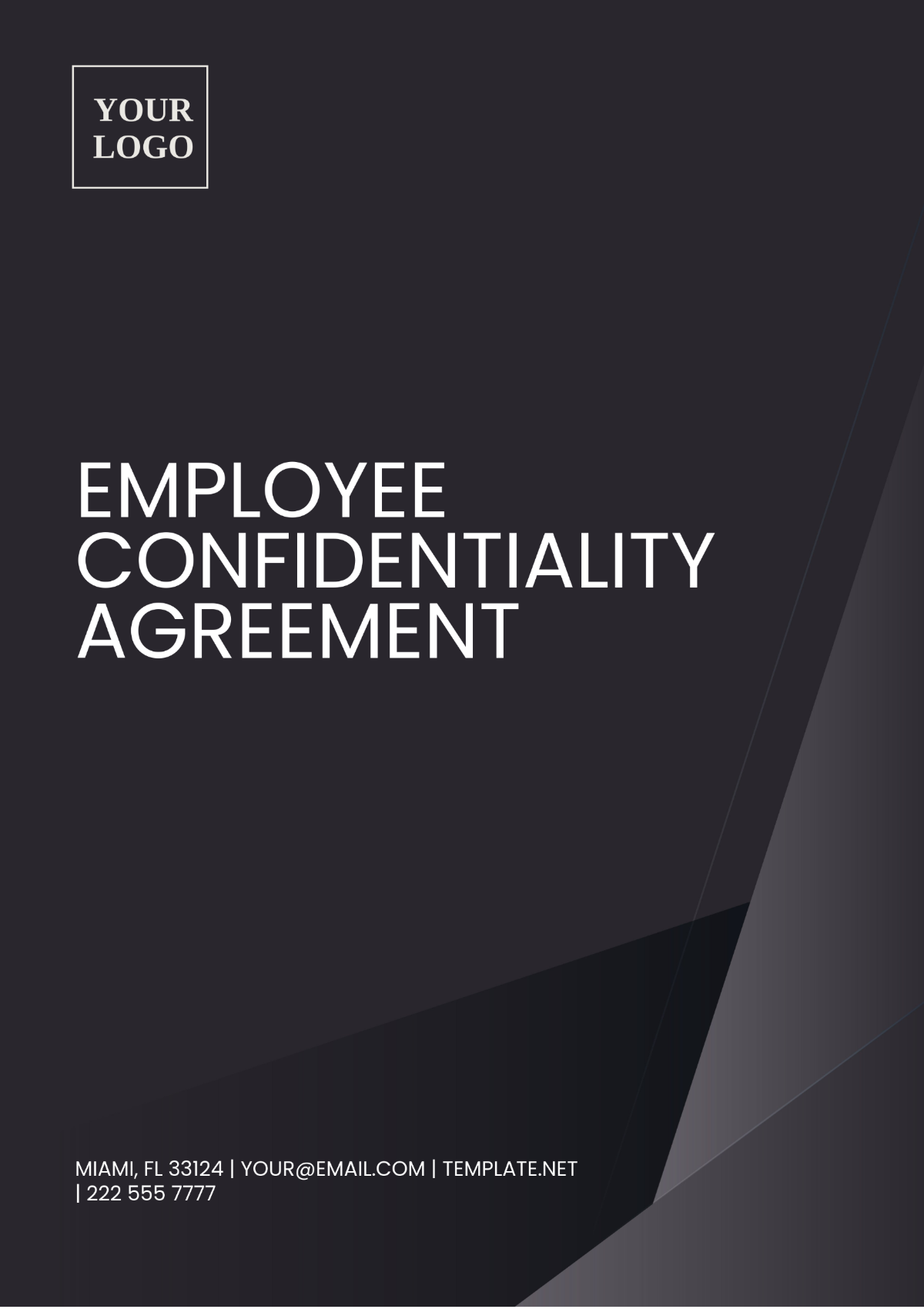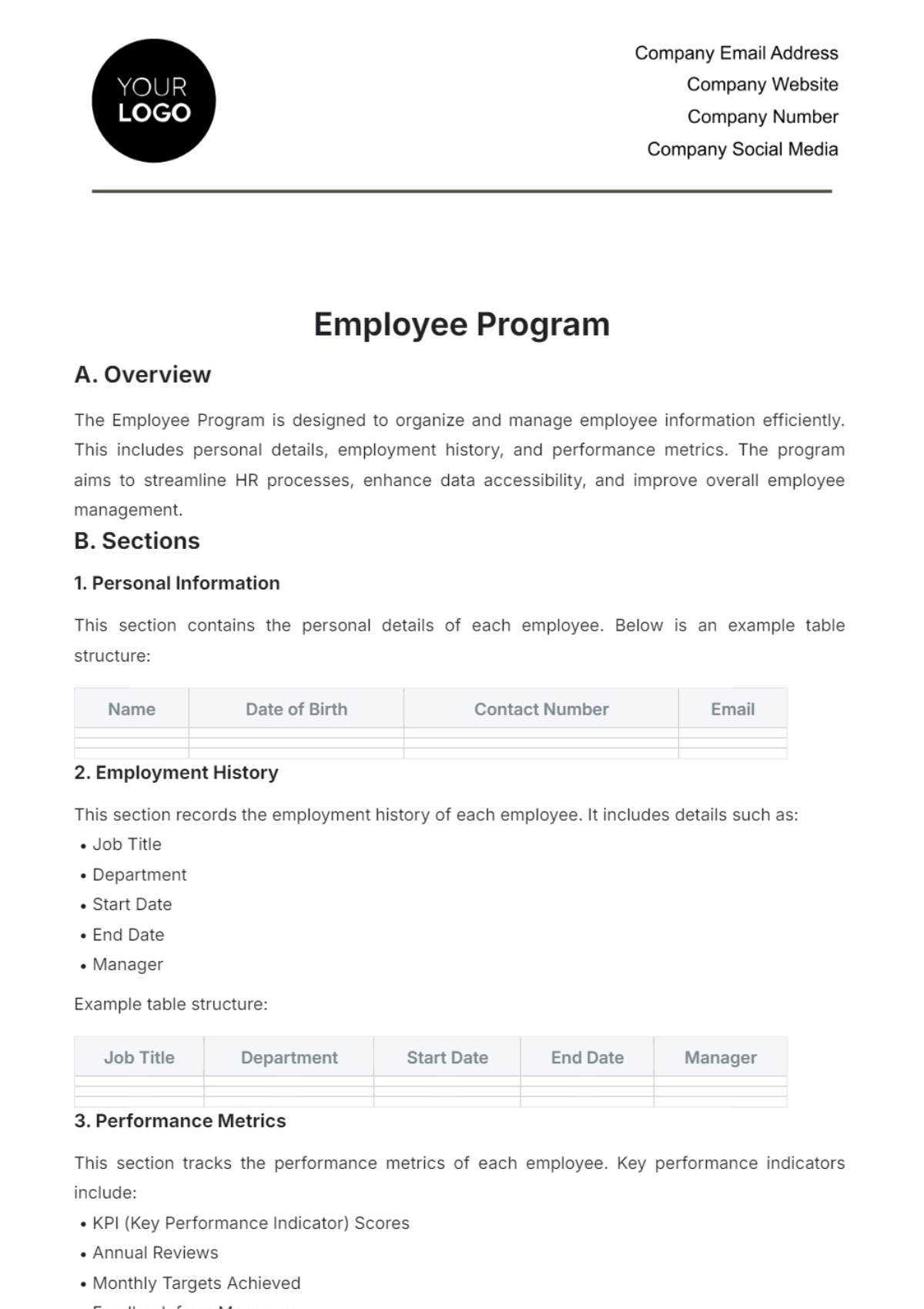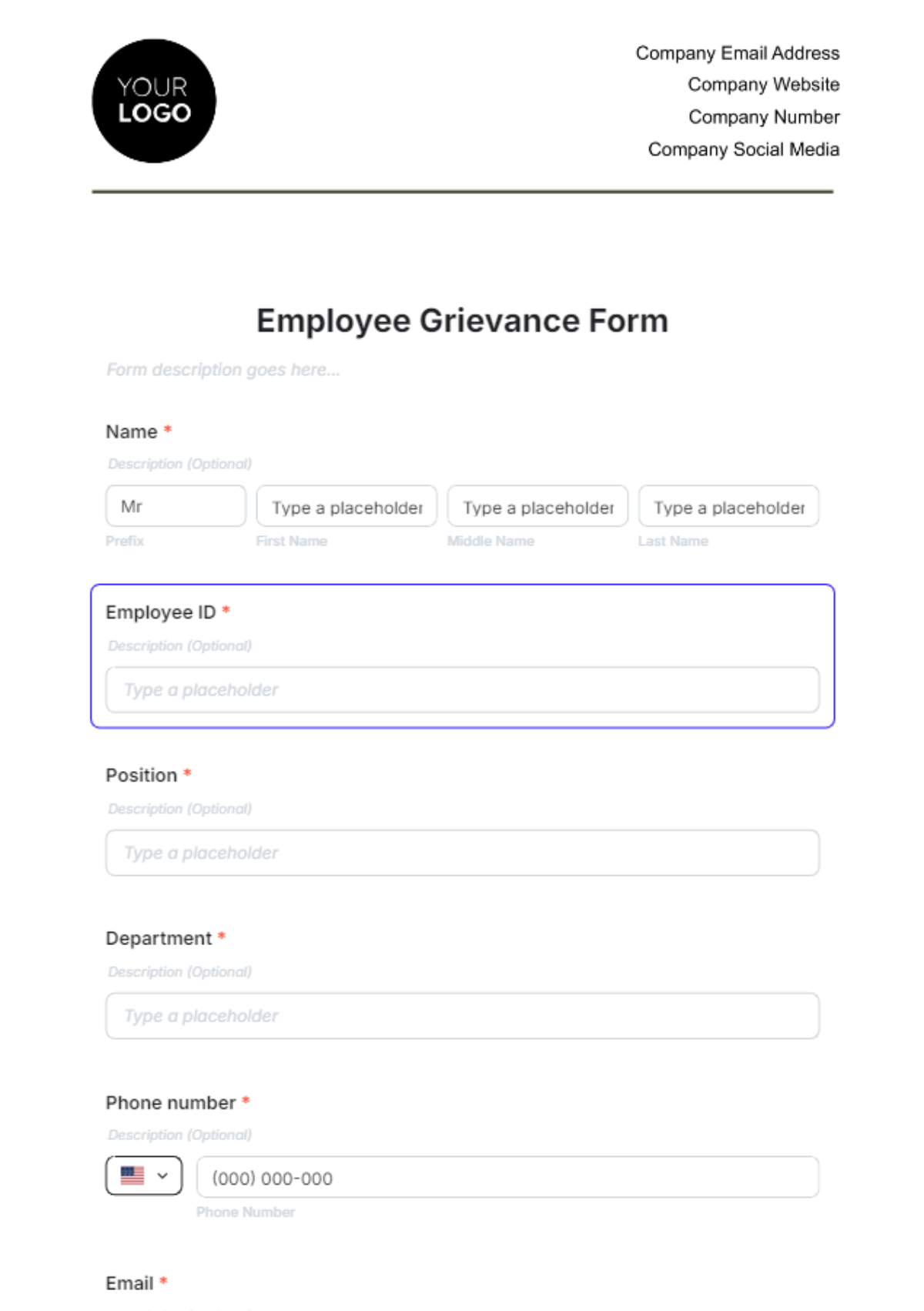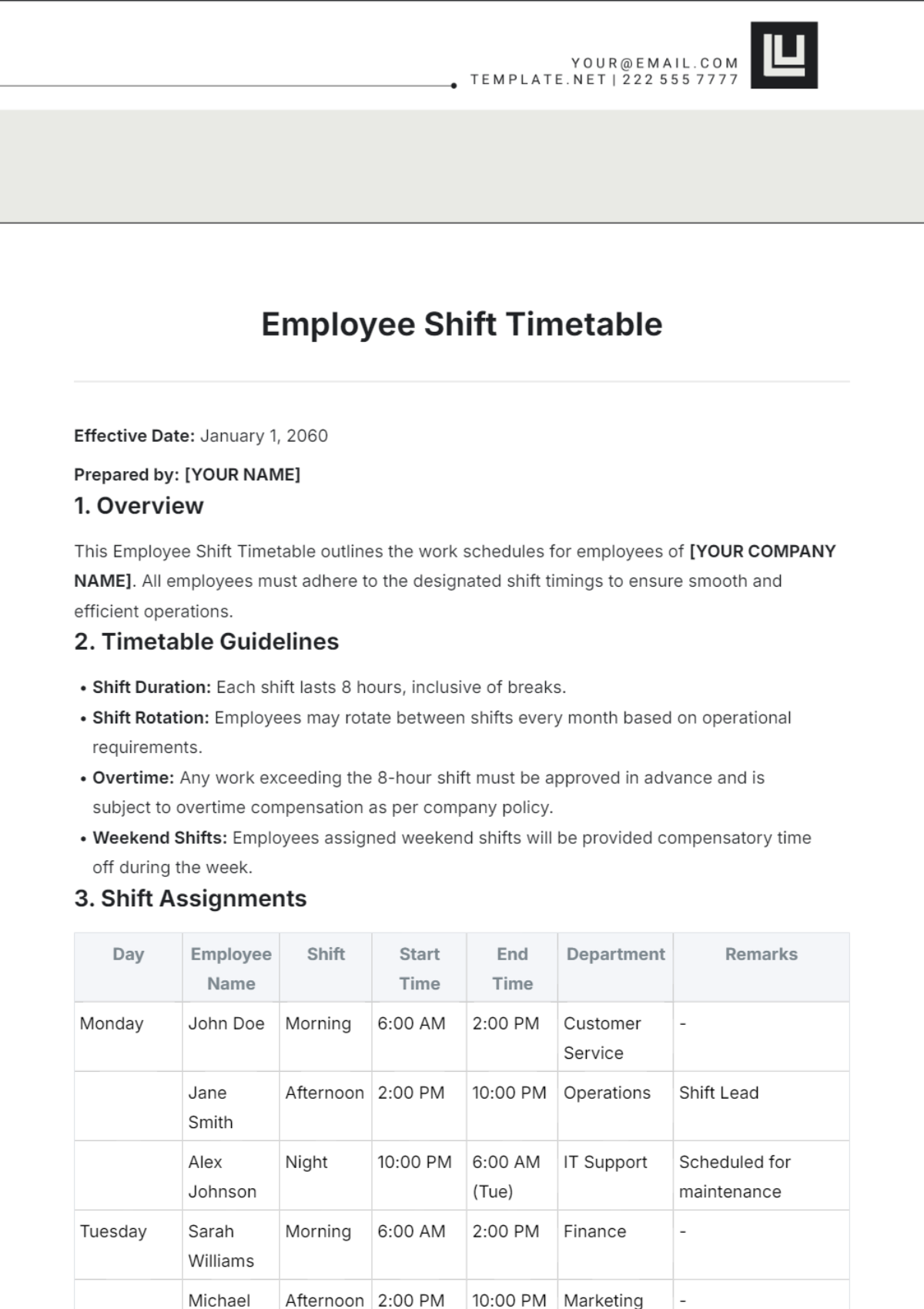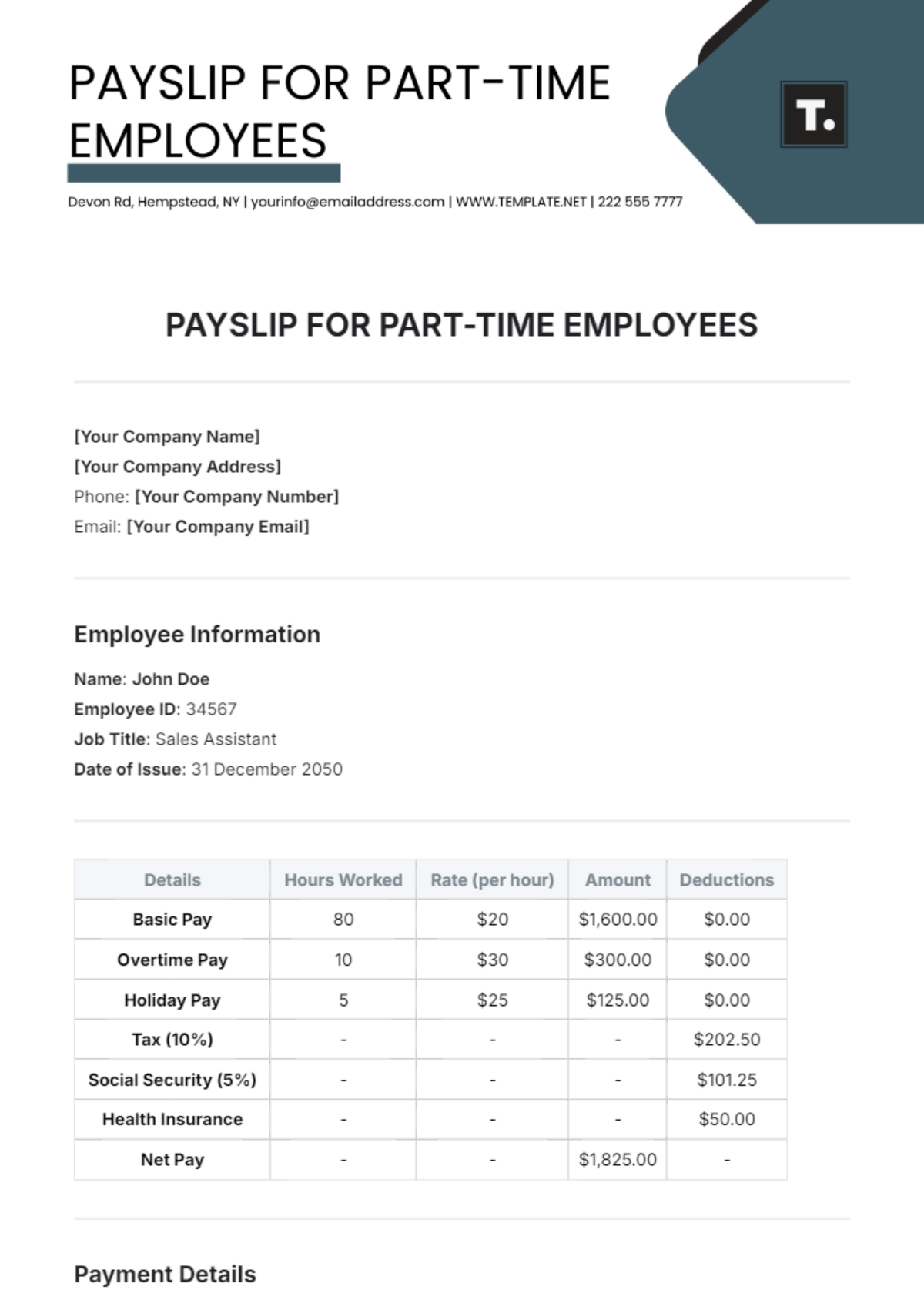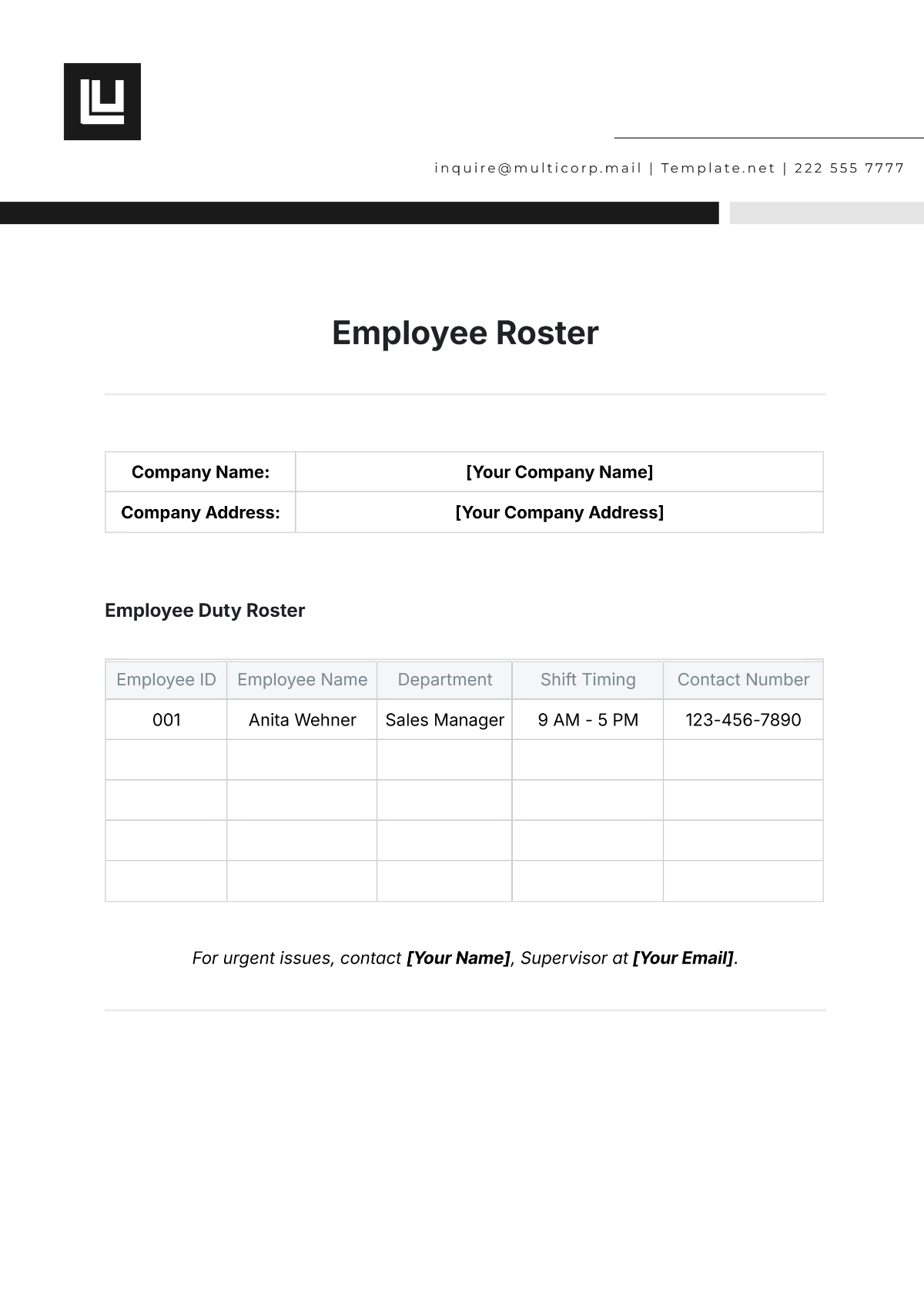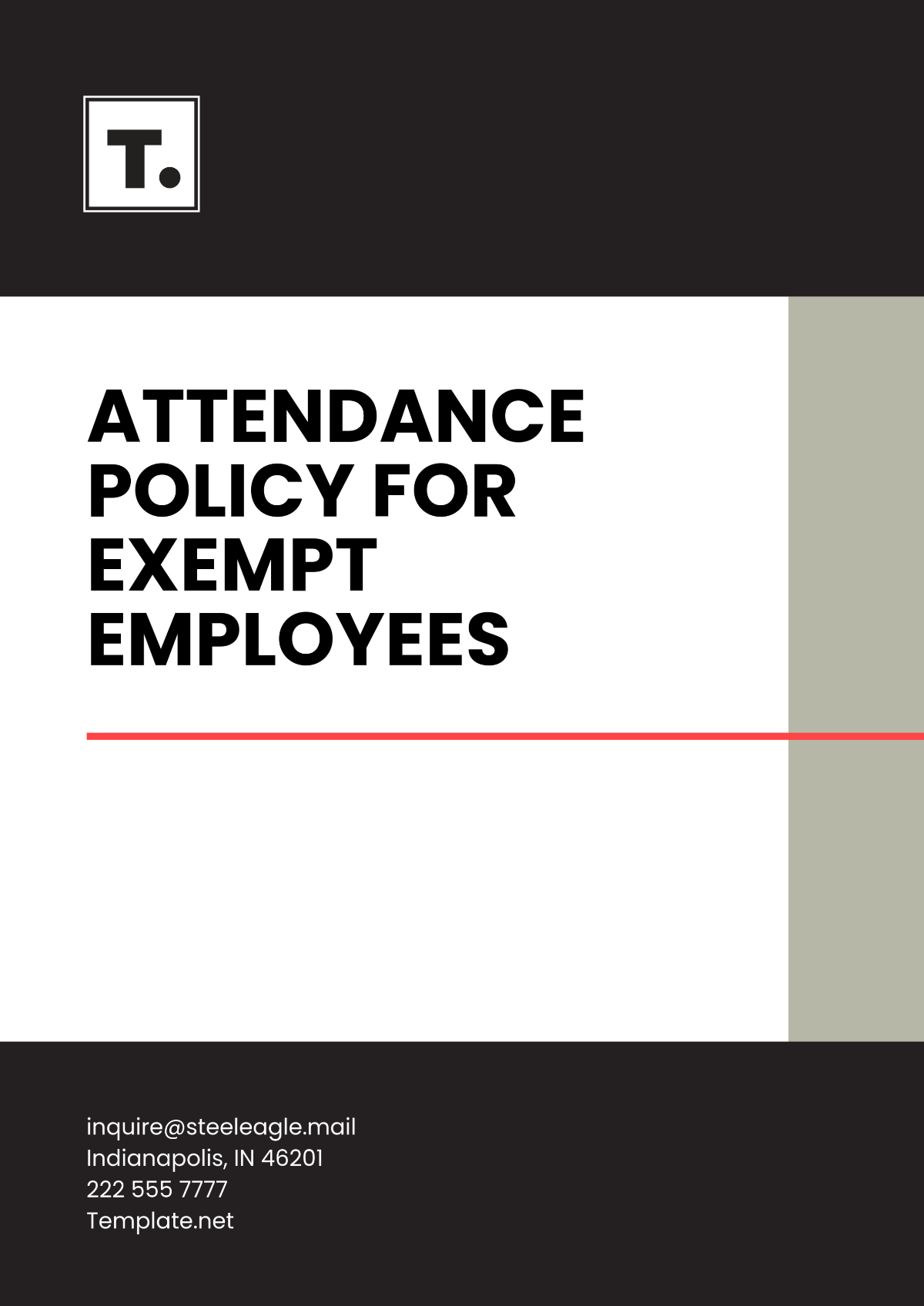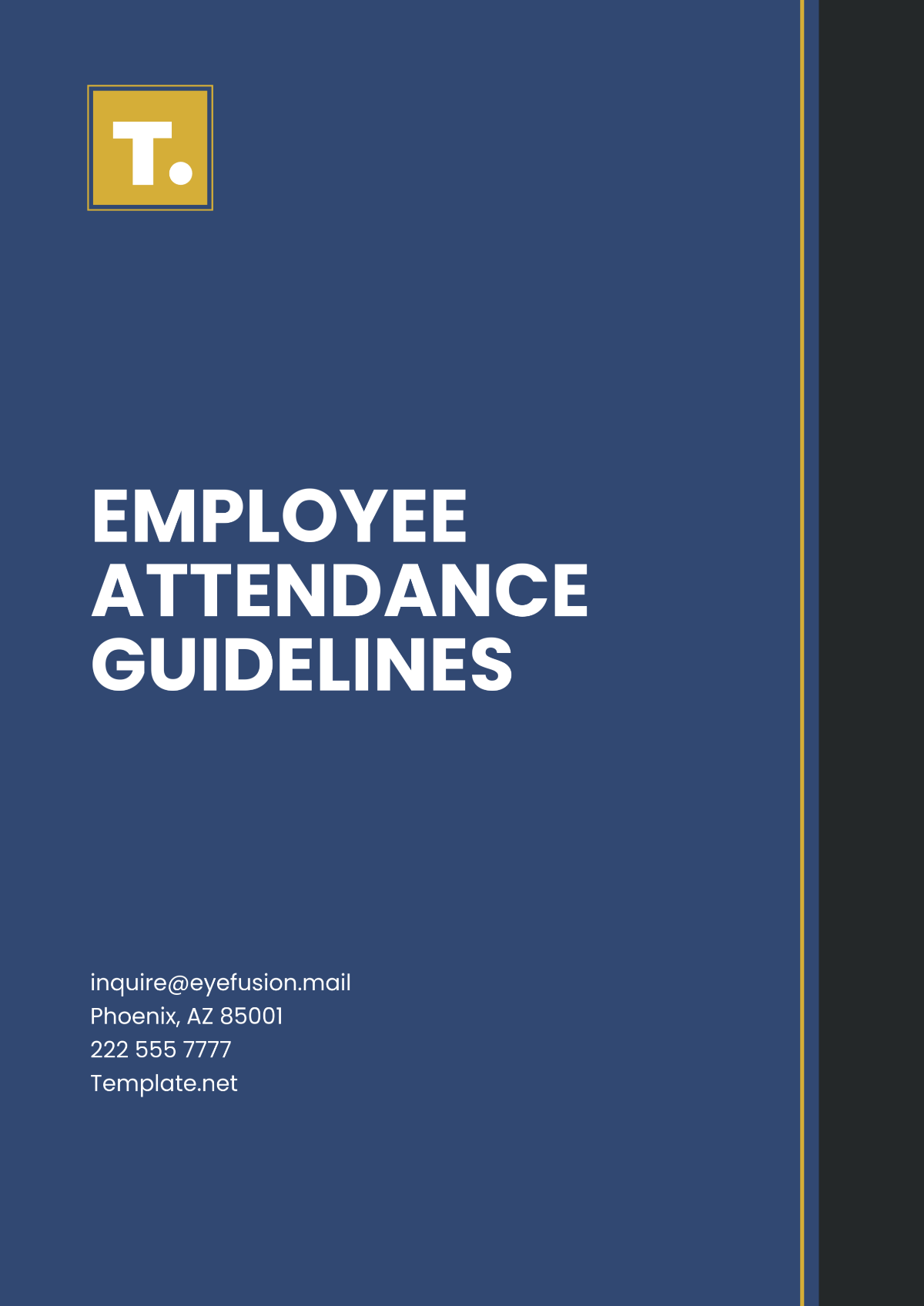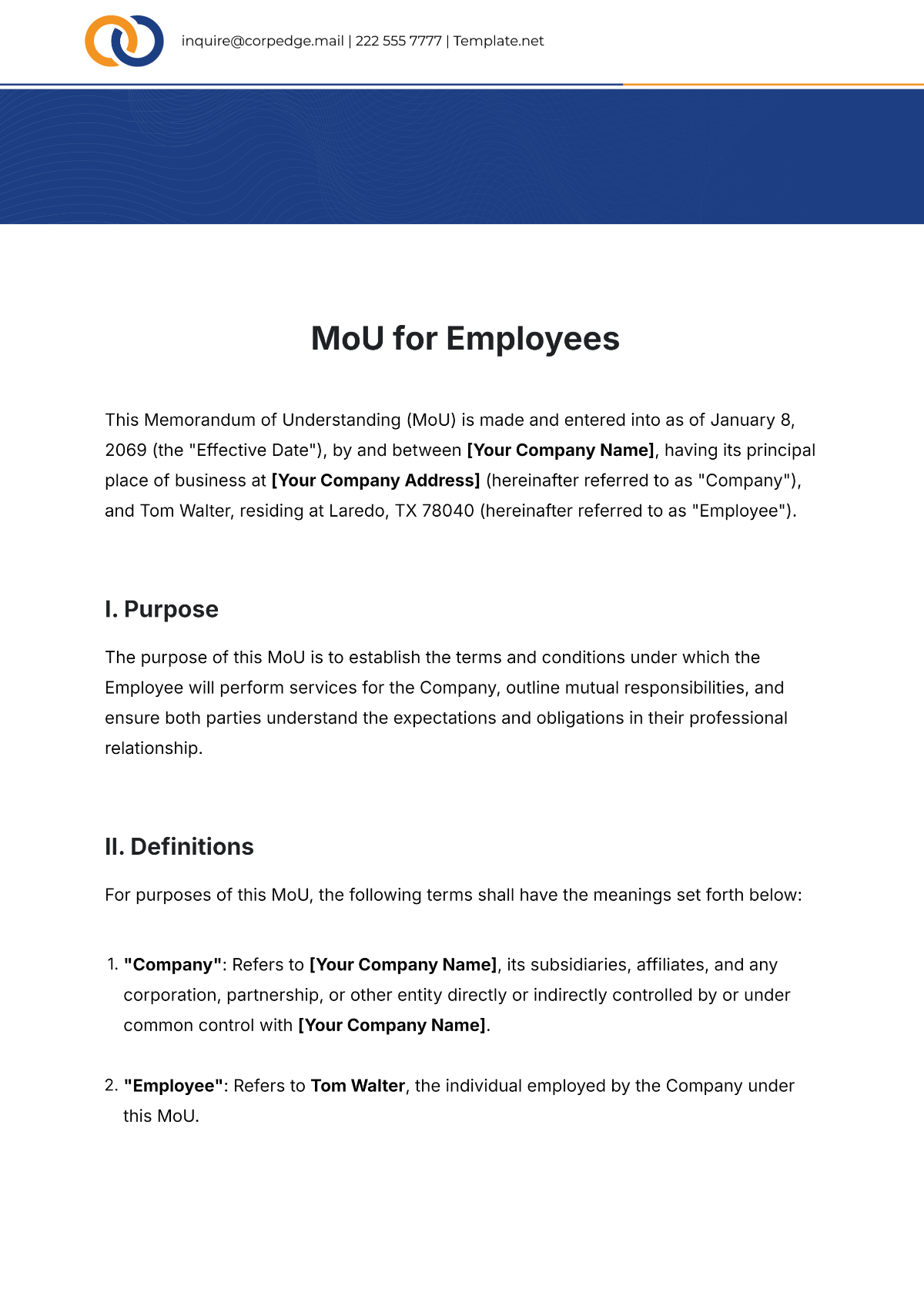Free New Employee Buddy System Guide HR Template
New Employee Buddy System
TABLE OF CONTENTS
1. Introduction To The Buddy System ..........................................................................3
2. Buddy Selection .........................................................................................................4
3. Roles And Responsibilities ........................................................................................6
4. Communication Guidelines .......................................................................................7
5. Onboarding Timeline .................................................................................................9
6. Conclusion .................................................................................................................11
Introduction To The Buddy System
Welcome to [Company Name]!
We extend a warm welcome to you as a new member of the [Company Name] team. Our commitment to innovation, collaboration, and excellence is at the core of everything we do, and we're excited to have you join us on this journey.
Purpose Of The Buddy System
At [Company Name], we recognize that starting a new job can be both exciting and challenging. To ensure that you seamlessly integrate into our workplace and make a positive impact from day one, we've established the Buddy System. This system pairs you, our valued new employee, with an experienced colleague who will serve as your guide and mentor throughout the initial stages of your employment.
The primary purpose of the Buddy System is to:
Facilitate Your Integration | Your buddy is here to help you acclimate to our company culture, work environment, and the dynamics of your role. They will provide insights and guidance to ensure you feel comfortable and confident in your new surroundings. |
Accelerate Learning | Your buddy is a valuable resource for knowledge sharing. They will share their expertise, answer your questions, and help you navigate any challenges you may encounter, making your learning curve smoother and more efficient. |
Foster Collaboration | We believe in the power of teamwork and collaboration. Your buddy will introduce you to colleagues, helping you build relationships and a strong professional network within the organization. |
Benefits Of The Buddy System
The Buddy System offers numerous benefits, both for new employees like you and for [Company Name] as a whole:
Rapid Integration | With the support of your buddy, you can expect a quicker and more seamless transition into your role and the company culture, which ultimately boosts your confidence and job satisfaction. |
Enhanced Learning | Your buddy's insights, experience, and willingness to share knowledge will accelerate your understanding of your responsibilities and expectations, enabling you to contribute effectively. |
Cultural Assimilation | Understanding and embracing our organizational culture is crucial. Your buddy will provide valuable context, helping you align with our values, norms, and ways of working. |
Peer Support | The buddy relationship offers you a trusted confidant and a go-to resource for any questions or concerns you may have. This peer support can greatly reduce stress during the onboarding process. |
How To Use This Guide
This guide is your companion throughout your onboarding journey. It provides a structured approach to the Buddy System, ensuring that you and your buddy have clear roles and responsibilities. Each section is designed to help you maximize the benefits of the Buddy System, from your first day to ongoing support.
Now, let's explore in detail how the Buddy System works, including how buddies are selected, what each role entails, communication guidelines, your onboarding timeline, available resources, and how we gather feedback to continuously enhance the onboarding experience.
Welcome once again, and let's embark on this exciting journey of growth and collaboration together.
Buddy Selection
Criteria For Buddy Selection
The selection of the right buddy is a critical step in ensuring a successful onboarding experience. Buddies should possess specific qualities and skills to effectively guide and support new employees. Here are the criteria we consider when selecting a buddy:
Job Knowledge | Buddies should have a solid understanding of the role and department in which they work. They should be experienced enough to provide meaningful guidance and answer job-related questions. |
Communication Skills | Effective communication is key to the buddy's role. Buddies should excel in interpersonal and communication skills, making it easy for them to convey information, listen actively, and provide constructive feedback. |
Availability | Buddies should have the capacity to commit time to assist the new employee during their onboarding journey. While we understand that everyone has their own responsibilities, buddies should be willing to prioritize their buddy's needs. |
Cultural Fit | A good buddy should embody the company's values and culture. They should be enthusiastic about helping new employees integrate into the company and should reflect our commitment to collaboration, innovation, and inclusivity. |
Buddy Assignment Process
The process of assigning buddies is designed to ensure that both new employees and buddies benefit from the pairing. Here's how it works:
Buddy Nomination | Potential buddies may be nominated by department managers or self-nominate based on their willingness and availability to take on the role. |
Review And Selection | The HR team reviews nominations and assesses them against the criteria mentioned above. The goal is to find the most suitable match for each new employee. |
Pairing | After careful evaluation, the HR team or department manager pairs new employees with their buddies. Consideration is given to the new employee's role, department, and specific needs. |
Introduction | Once the pairing is made, the HR team or department manager introduces the new employee to their buddy and provides an opportunity for them to meet and establish initial contact. |
By following these selection and assignment processes, we aim to create effective buddy pairings that enhance the onboarding experience, foster collaboration, and help new employees feel welcomed and supported from day one.
The success of our buddy system relies on the commitment and dedication of both new employees and their buddies. Together, you will build a strong working relationship that benefits you, your buddy, and [Company Name] as a whole.
Roles And Responsibilities
New Employee's Responsibilities
As a new employee at [Company Name], you play a crucial role in ensuring a successful onboarding experience. Your responsibilities include:
Actively Seek Guidance | Proactively ask questions and seek assistance when needed. Your buddy is here to help, but they may not always know when you require support. |
Engage In Training And Development | Actively participate in onboarding activities and training sessions. Attend orientation, workshops, and other training sessions to familiarize yourself with company processes and tools. |
Set Clear Goals And Expectations | Discuss your expectations and objectives with your buddy. This will help them understand your specific needs and tailor their support accordingly. |
Provide Feedback | Share your thoughts and feedback about the buddy system and the overall onboarding process. Your insights will help us continuously improve our onboarding experience for future employees. |
Embrace A Learning Mindset | Be open to new information and approaches. Embrace a growth mindset, as your journey at [Company Name] will involve continuous learning and adaptation. |
Buddy's Responsibilities
Your buddy, as an experienced member of the team, is here to support and guide you through your onboarding journey. Their responsibilities include:
Welcome And Introduce | Welcome you to [Company Name] and introduce you to colleagues within your department and across the organization. They'll help you build your professional network. |
Answer Questions | Be available to answer your questions promptly. Whether it's about company policies, tools, or the team's dynamics, your buddy is your go-to resource. |
Share Knowledge | Share insights about the company's unique culture, unwritten rules, and best practices. They can help you understand the company's history, values, and how things get done here. |
Support Your Integration | Assist you in feeling comfortable and integrated into the team. This might include inviting you to team events, introducing you to key stakeholders, and helping you navigate the physical and digital workspace. |
Foster Open Communication | Encourage open and honest communication. Your buddy is here to support you, so don't hesitate to express your concerns, questions, or even your aspirations. |
Adapt To Your Needs | Recognize that each new employee may have different requirements. Your buddy should adapt their guidance to your specific role, goals, and learning pace. |
Provide Constructive Feedback | Share feedback with HR or management about the onboarding process. This helps us refine our buddy system and continually enhance the onboarding experience. |
By following these roles and responsibilities, both new employees and buddies contribute to a positive onboarding experience at [Company Name], fostering a culture of collaboration, growth, and inclusion.
Communication Guidelines
Frequency And Mode Of Communication
Effective communication is the key to a successful buddy relationship. Here are some guidelines to ensure that communication flows smoothly:
Regular Check-Ins | It's essential to establish a routine for communication with your buddy. During your first few weeks, aim to meet with your buddy at least once a week. These meetings can be scheduled for a specific day and time, such as every Friday afternoon. As you become more comfortable in your role, you can adjust the frequency of these check-ins based on your evolving needs and preferences. |
Preferred Channels | We recognize that different situations may call for different communication methods. Feel free to use a mix of communication channels, including in-person meetings, email, instant messaging, and video calls. Choose the mode that best suits the nature of your discussion. For quick questions, an instant message might be appropriate, while more in-depth discussions could warrant a face-to-face meeting. |
Open And Honest Communication | The buddy relationship thrives on trust and openness. Don't hesitate to ask questions, seek guidance, or share your thoughts and concerns with your buddy. Be proactive in expressing your needs and expectations, and encourage your buddy to do the same. Honest and direct communication will help ensure that your onboarding experience is tailored to your specific needs. |
Confidentiality And Trust
Confidentiality is paramount in the buddy relationship. You can trust that your buddy will treat your discussions with the utmost discretion. It's essential to maintain a safe and supportive environment where you can freely discuss your challenges, goals, and ideas without fear of information being shared outside the appropriate channels.
Here are some key points regarding confidentiality:
Respect For Privacy | Your buddy will respect your privacy and will not share sensitive or personal information about you with others unless required for company purposes or with your express consent. |
Maintaining Professionalism | Both you and your buddy are expected to maintain professionalism in all communications. While the buddy relationship encourages a friendly and supportive atmosphere, it's crucial to remember that your buddy is a colleague, not a confidant in personal matters unrelated to work. |
Escalating Issues | If you ever feel uncomfortable discussing a particular topic with your buddy or believe it is more appropriate to escalate an issue to HR or management, please don't hesitate to do so. Your well-being and comfort are our priorities. |
Remember that the buddy system is designed to foster a positive and productive onboarding experience. Open and confidential communication with your buddy is an integral part of achieving this goal, so don't hesitate to reach out whenever you have questions, need guidance, or want to share your insights.
Onboarding Timeline
Week 1: Orientation And Training
Day 1: HR Orientation And Company Overview
On your first day, you will attend a comprehensive HR orientation session.
During this session, you will receive an overview of the mission, values, and organizational structure.
You will complete essential paperwork, including tax forms and benefits enrollment.
You will receive your employee badge and access credentials.
Days 2-3: IT Setup, Access To Systems, And Security Training
Our IT team will assist you in setting up your workstation and ensuring you have access to the necessary systems and software.
You will receive cybersecurity training to understand our security protocols and best practices for protecting company data.
Days 4-5: Introduction To Company Policies And Procedures
You will participate in sessions covering our company policies, including our code of conduct, ethics, and workplace expectations.
Learn about our benefits packages, including health insurance, retirement plans, and other perks.
Review our safety protocols and emergency procedures.
Day 6: Team Introductions And Initial Job-Specific Training
Meet your team members and receive introductions to key colleagues.
Begin your initial job-specific training, which may include product overviews, technology stack tutorials, and hands-on exercises.
Discuss your role's responsibilities, goals, and expectations with your manager.
Day 7: Reflect And Review With Your Buddy
Schedule a meeting with your buddy to reflect on your first week.
Share your initial impressions, ask any questions that have arisen, and discuss your onboarding experience.
Plan for the upcoming weeks and set short-term goals.
Week 2-4: Job-Specific Training
Ongoing: In-Depth Training In Your Specific Role
Continue your job-specific training, diving deeper into the tasks and responsibilities of your role.
Work closely with your manager and team members to gain practical experience.
Attend relevant workshops, webinars, and training sessions to enhance your skills.
Regular Check-Ins: Weekly Meetings With Your Buddy
Maintain weekly meetings with your buddy to track your progress, address any challenges, and ensure a smooth transition into your role.
Share your accomplishments and seek guidance on areas where you may need support.
Lunch And Learn: Participate In Departmental Knowledge-Sharing Sessions
Join departmental "Lunch and Learn" sessions to gain insights into different aspects of our company, including ongoing projects, department goals, and industry trends.
These sessions promote cross-functional understanding and collaboration.
Ongoing: Regular Check-Ins
Monthly: Continue Regular Check-Ins with Your Buddy for at Least the First Three Months
Monthly check-ins with your buddy help you stay connected and address any evolving needs or questions.
Use this time to discuss your development goals and ensure you're aligned with company objectives.
Quarterly: Reflect on Progress and Discuss Your Long-Term Goals
Every quarter, set aside time to reflect on your progress and achievements.
Discuss your long-term career goals and aspirations with your manager, and identify opportunities for growth within [Company Name].
This onboarding timeline provides a structured path for your first few months at [Company Name], ensuring that you receive the support and training necessary for a successful transition into your role. Remember that your buddy is here to assist you every step of the way, and we encourage you to actively engage in your onboarding journey.
Conclusion
The Buddy System at [Company Name] is not just a formality; it's a vital component of our commitment to your success and our unique company culture. Here's why it matters:
Accelerated Integration: Your buddy is your navigator through the early stages of your journey. They've been where you are, and their guidance can help you integrate into the team and culture more quickly.
Knowledge Transfer: Beyond what's in the manuals, your buddy holds a wealth of practical knowledge about how things work around here. They can provide context, share best practices, and offer insights that aren't found in formal training materials.
Emotional Support: Starting a new job can be overwhelming, but your buddy is here to offer not just professional guidance but also emotional support. They understand the challenges of adjusting to a new environment and can be a reassuring presence during your transition.
Networking And Connections: Through your buddy, you'll quickly expand your network within the company. They can introduce you to key colleagues, mentors, and resources that can be instrumental in your career.
Your buddy is genuinely invested in your success. Don't hesitate to lean on them for assistance, whether it's answering technical questions, explaining company culture, or just grabbing a coffee and chatting about your day.
Remember, the buddy system is a two-way street. While your buddy is here to guide and support you, your active engagement and willingness to learn are equally crucial. Together, you and your buddy can make your onboarding experience at [Company Name] a rewarding and successful one.
